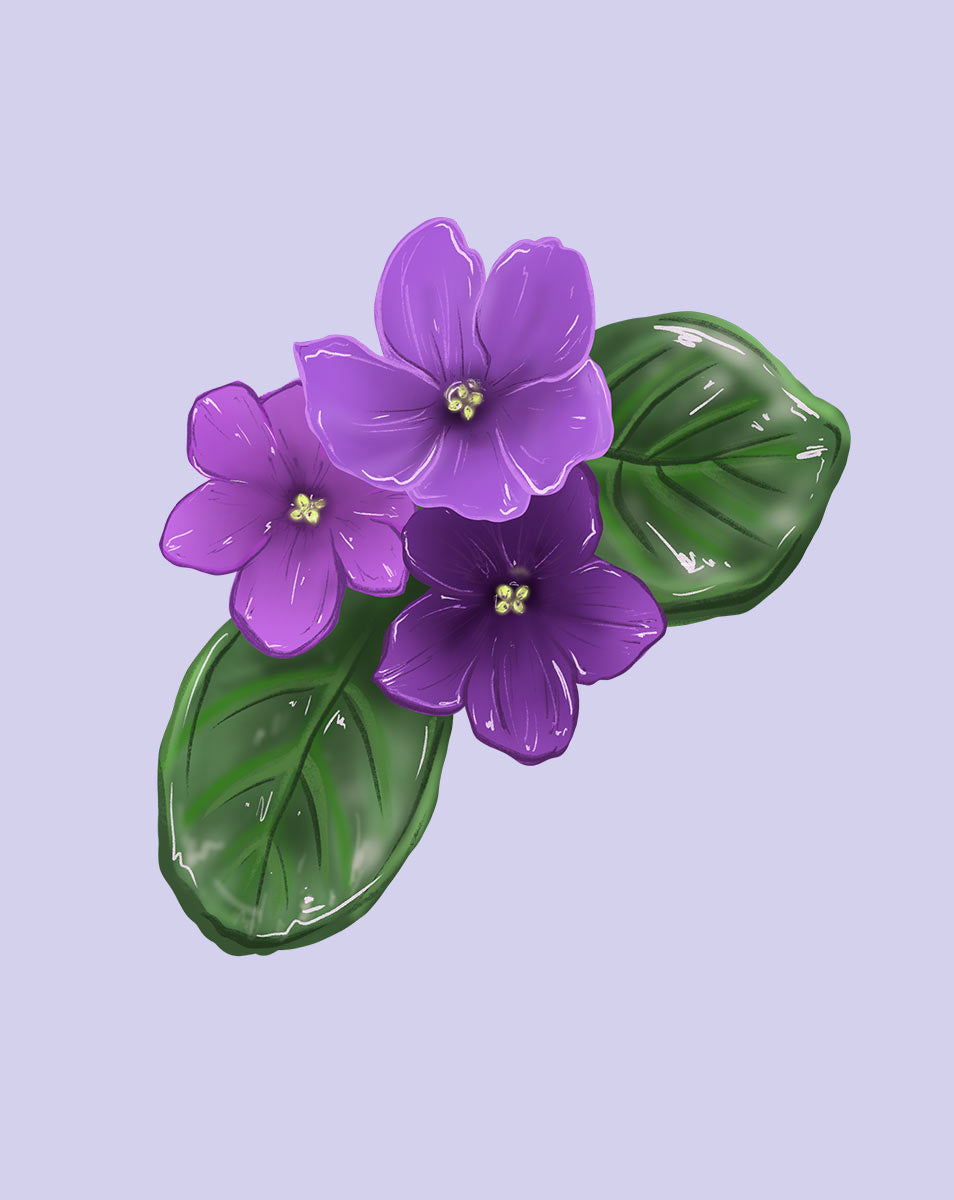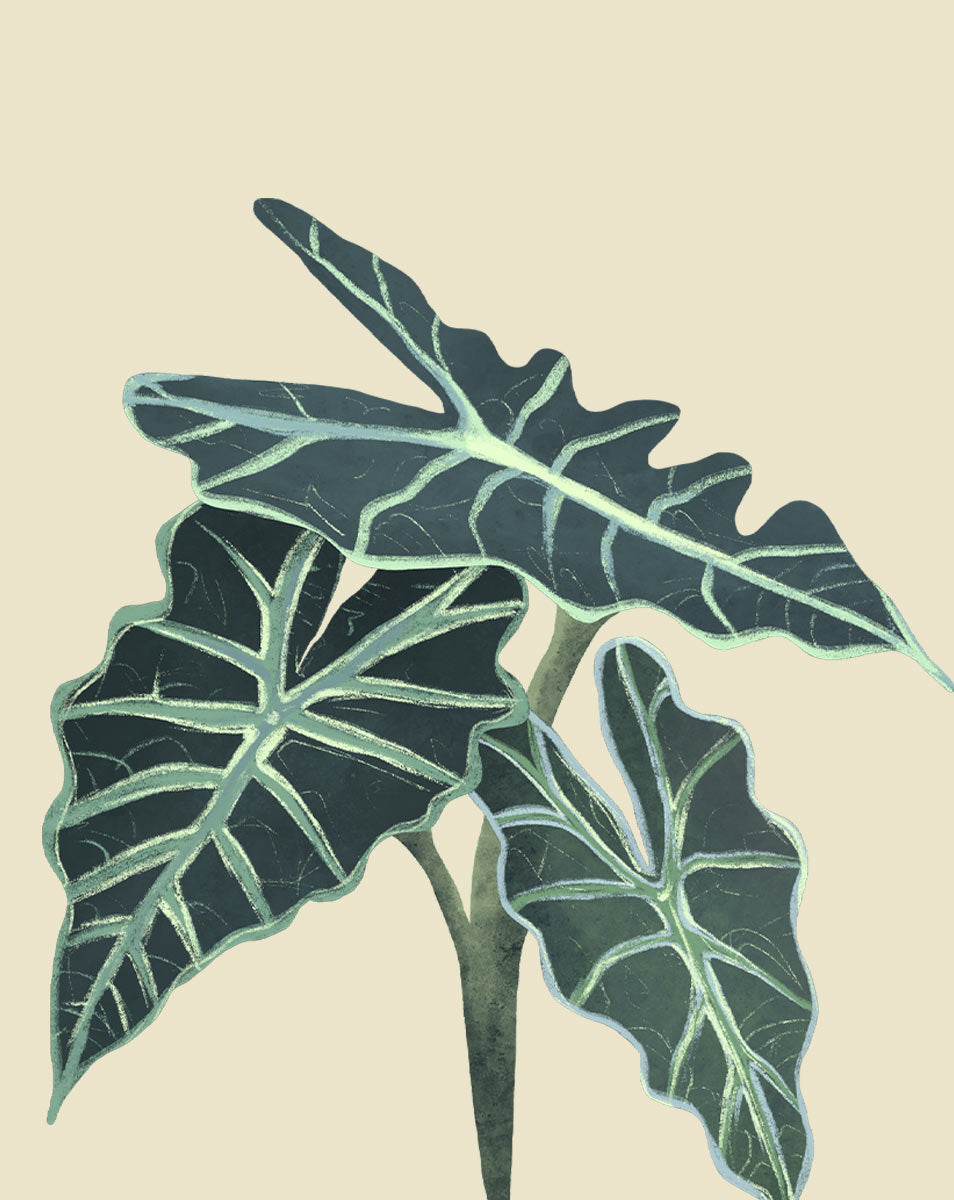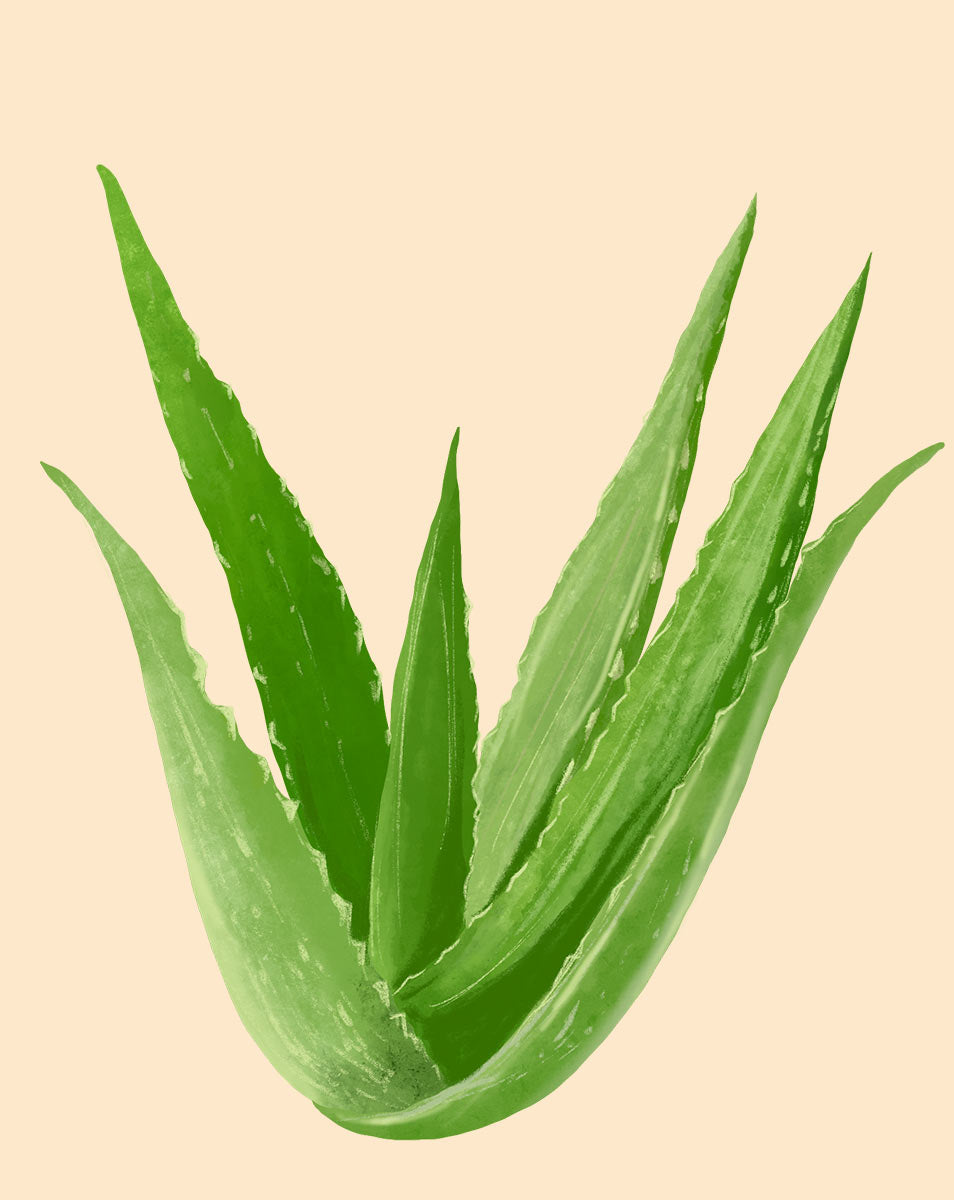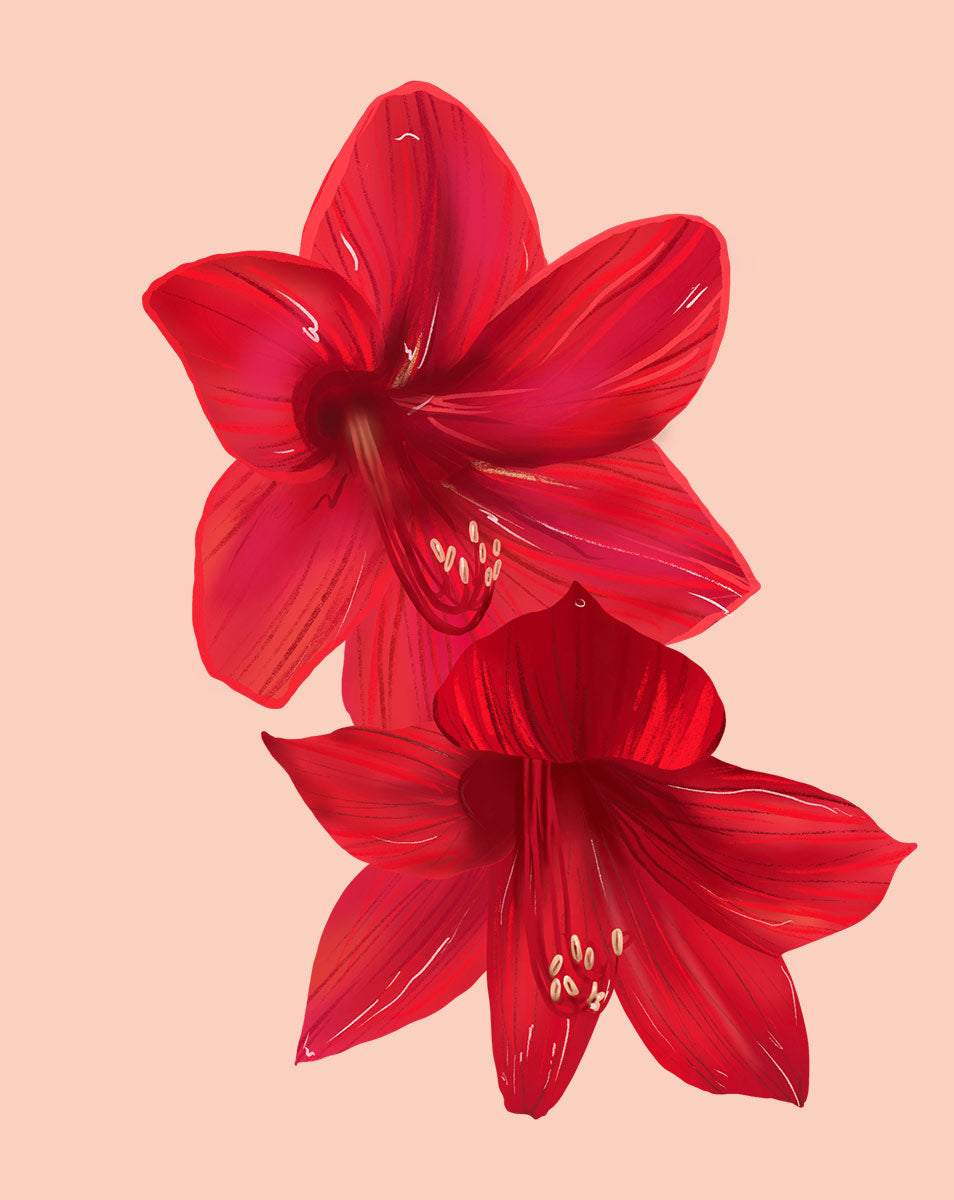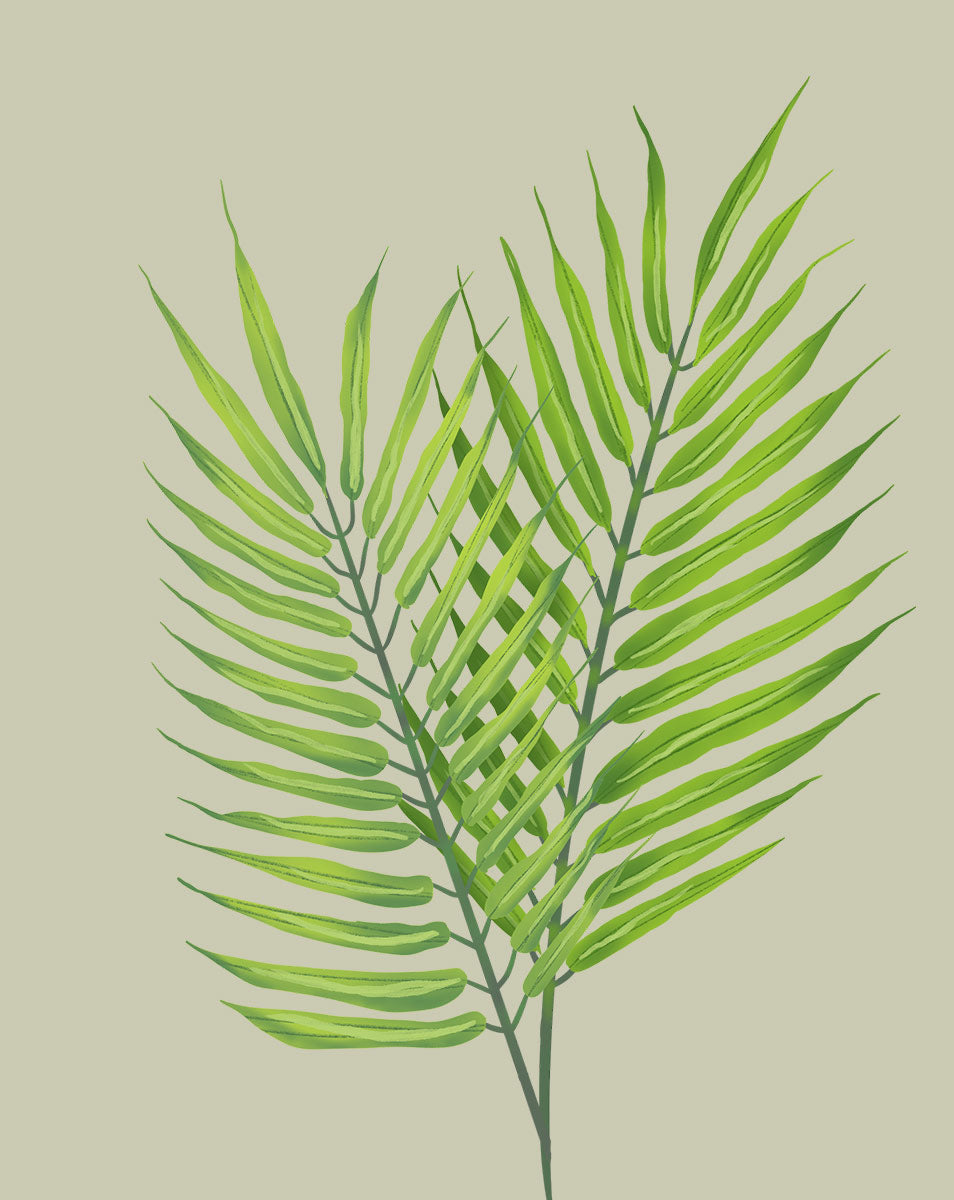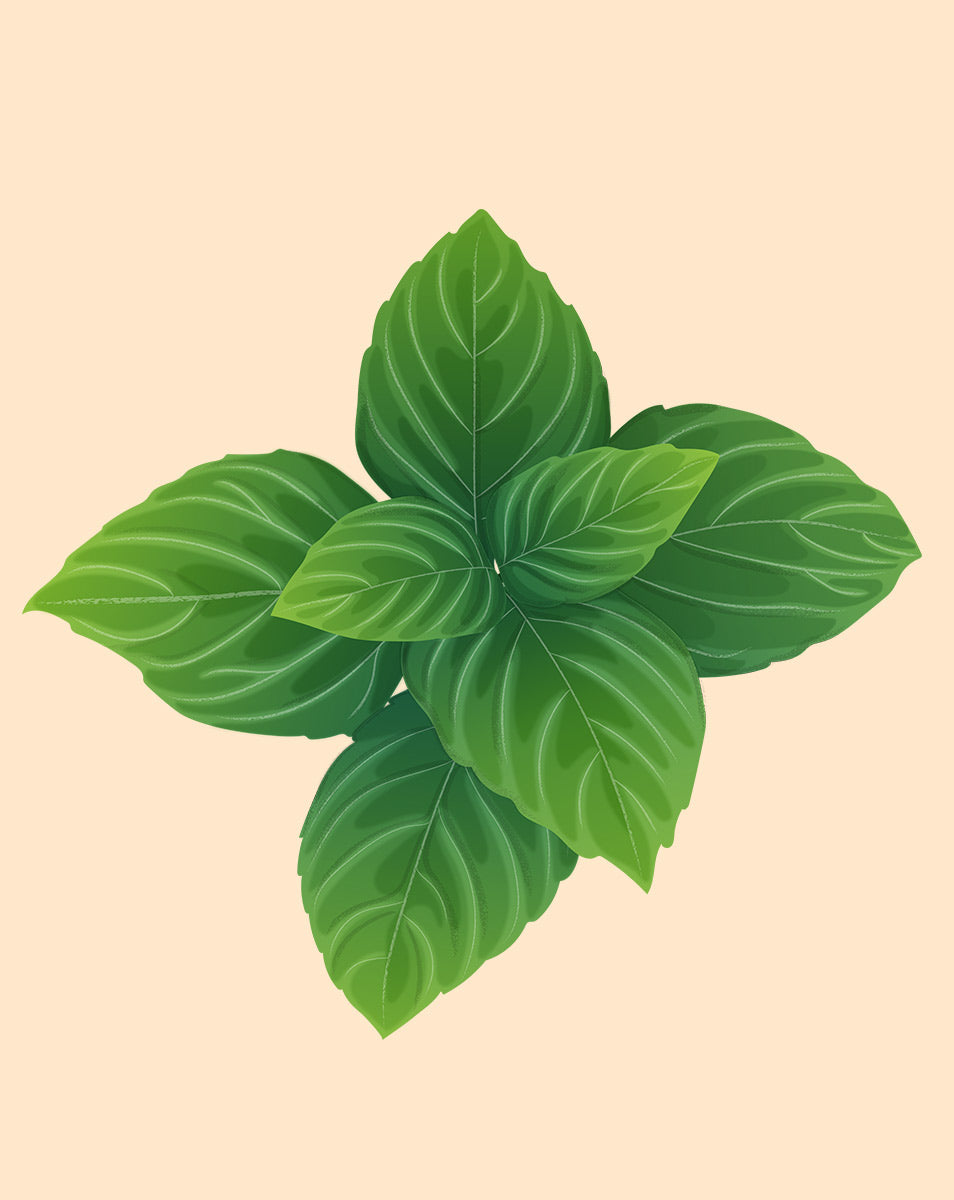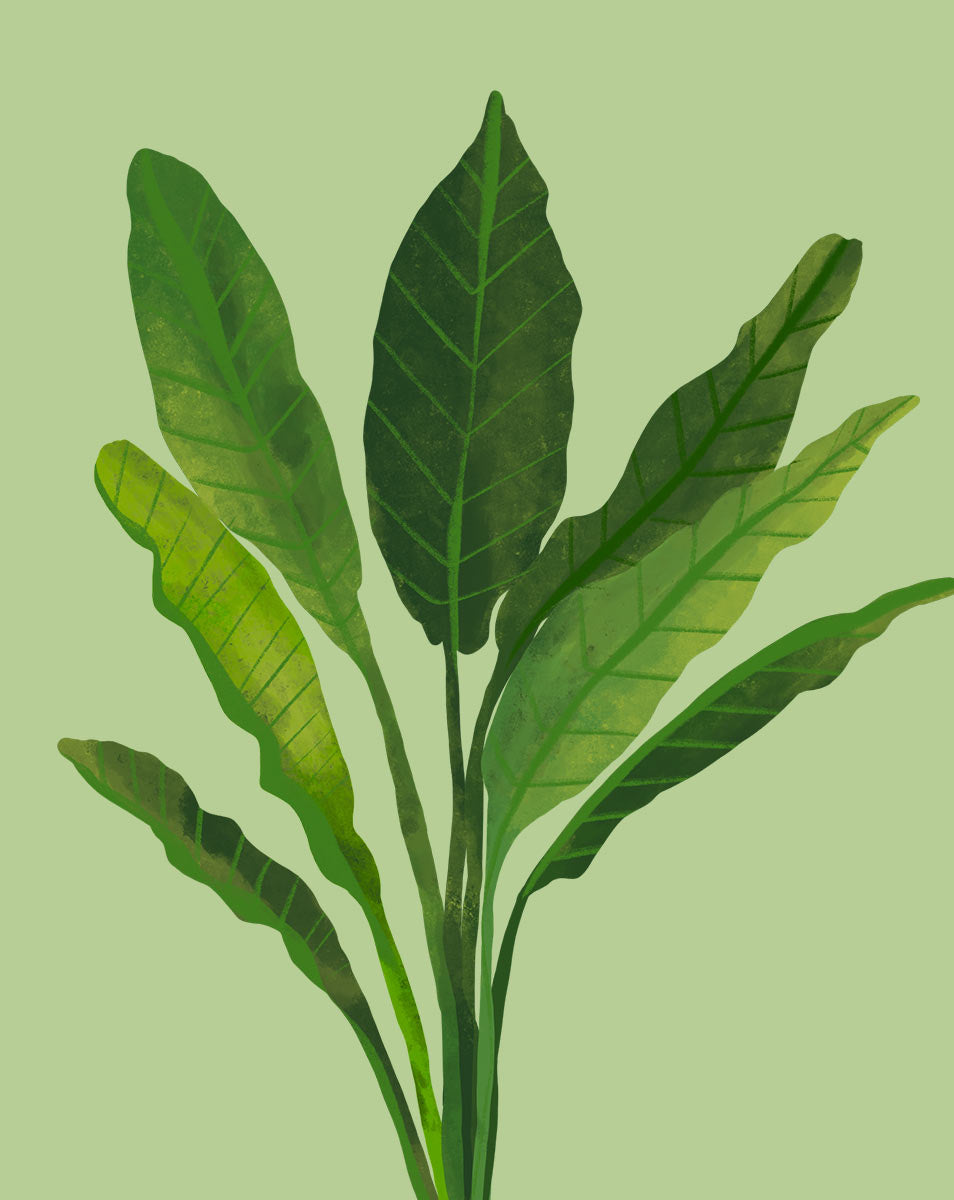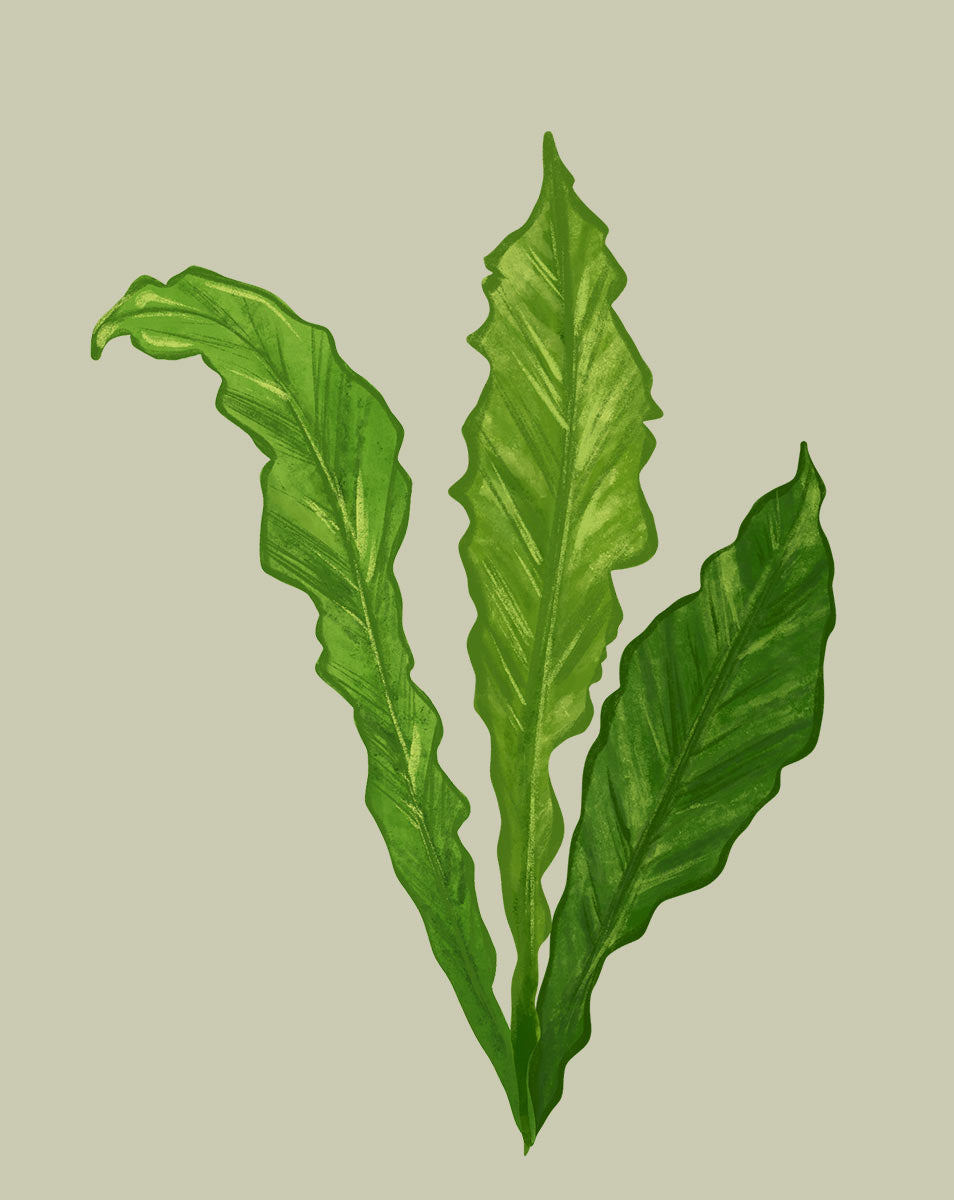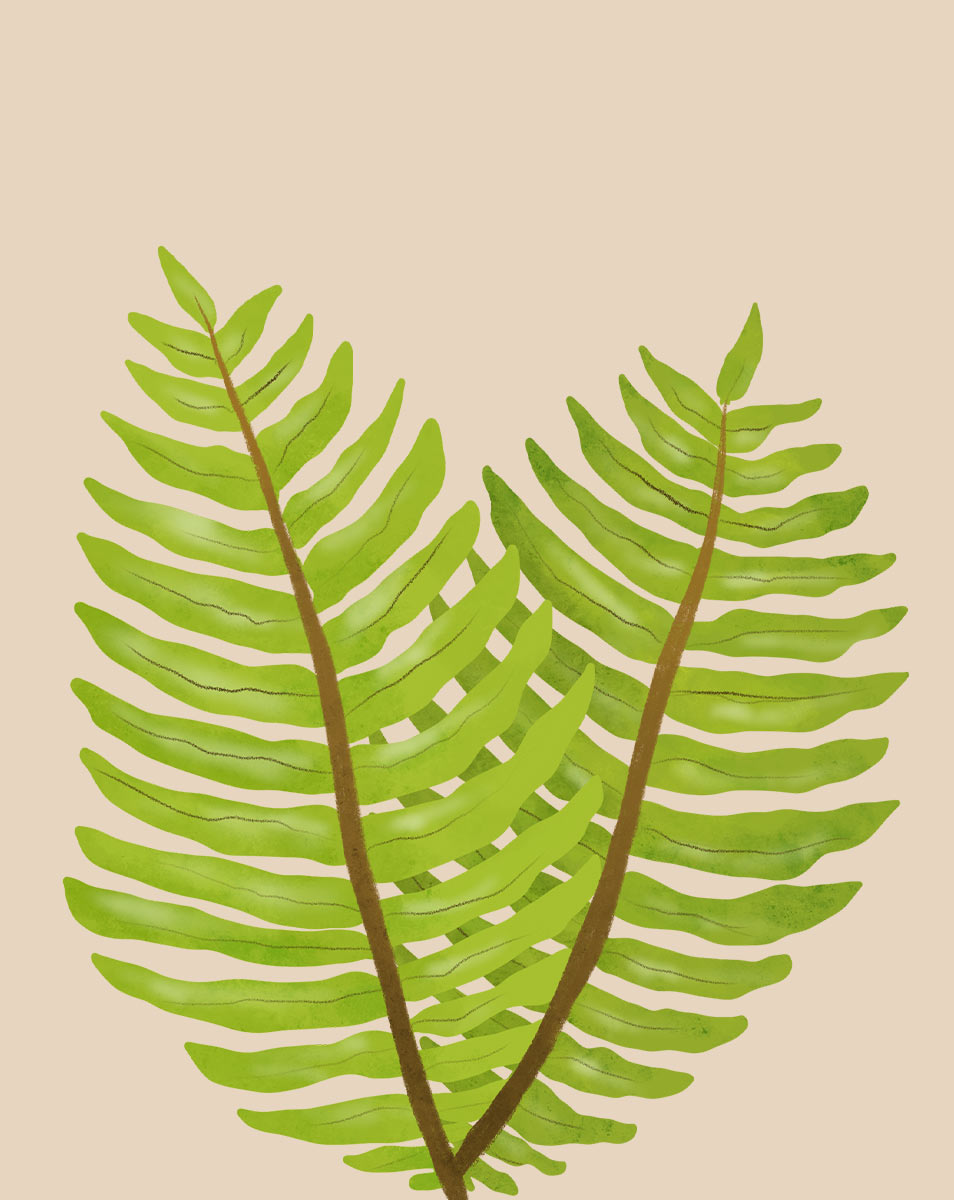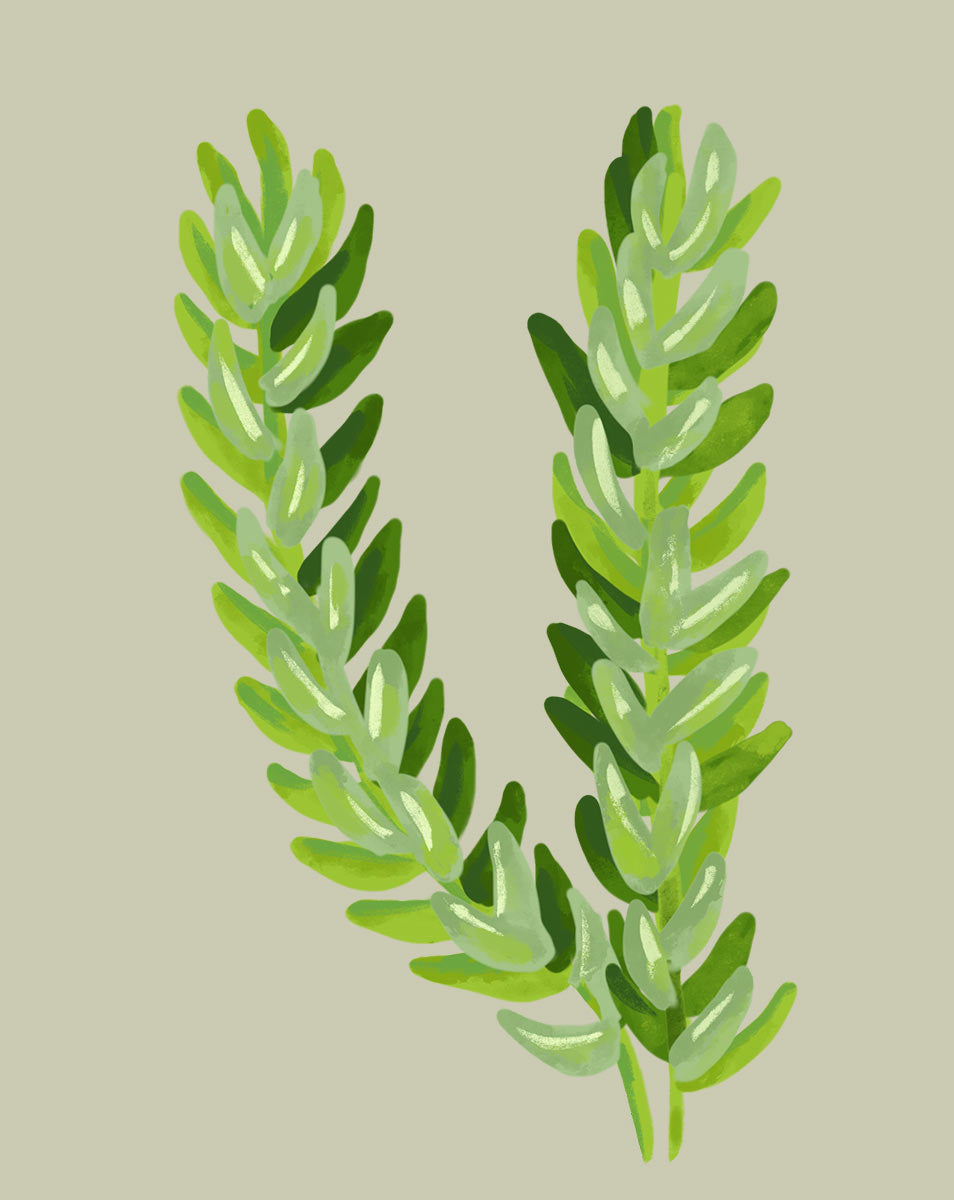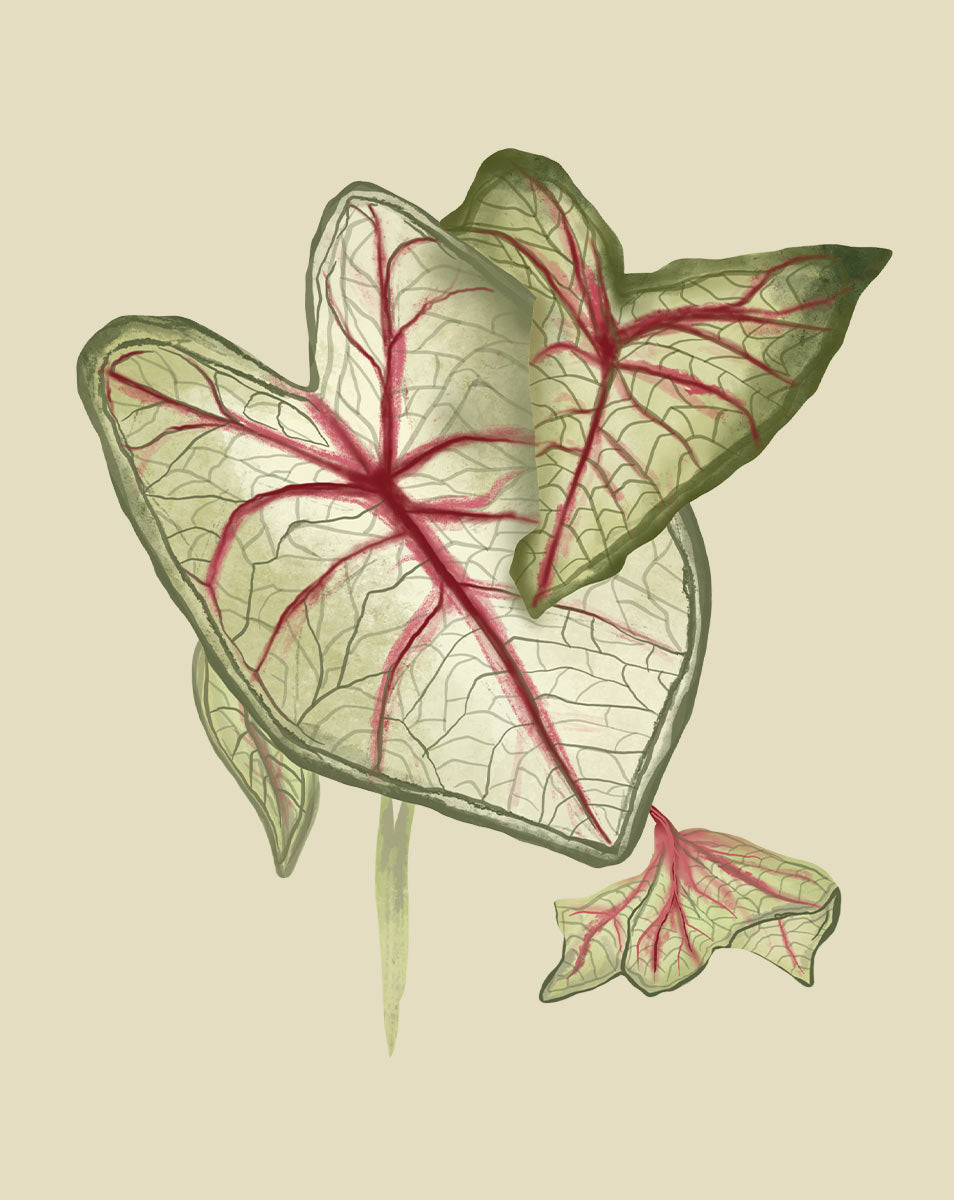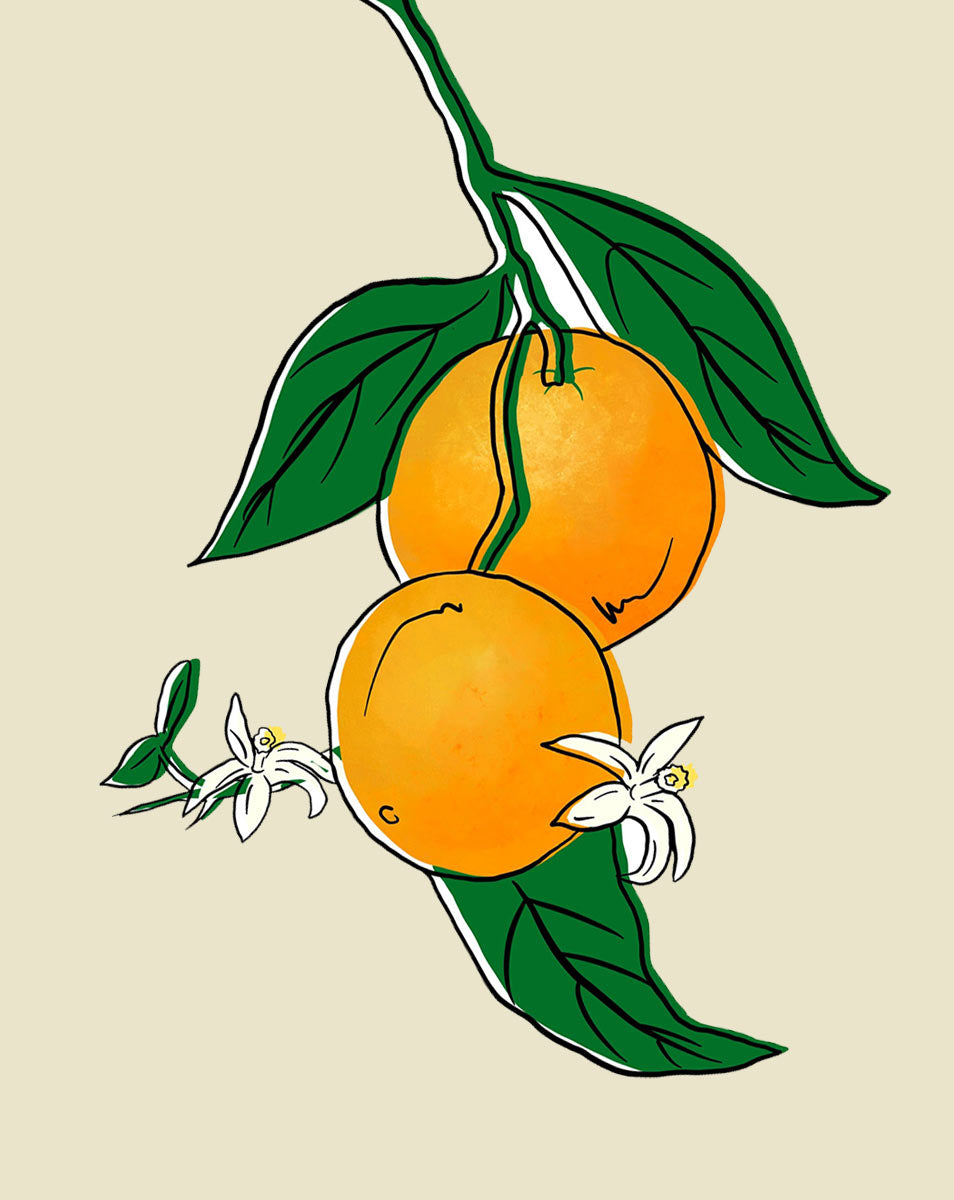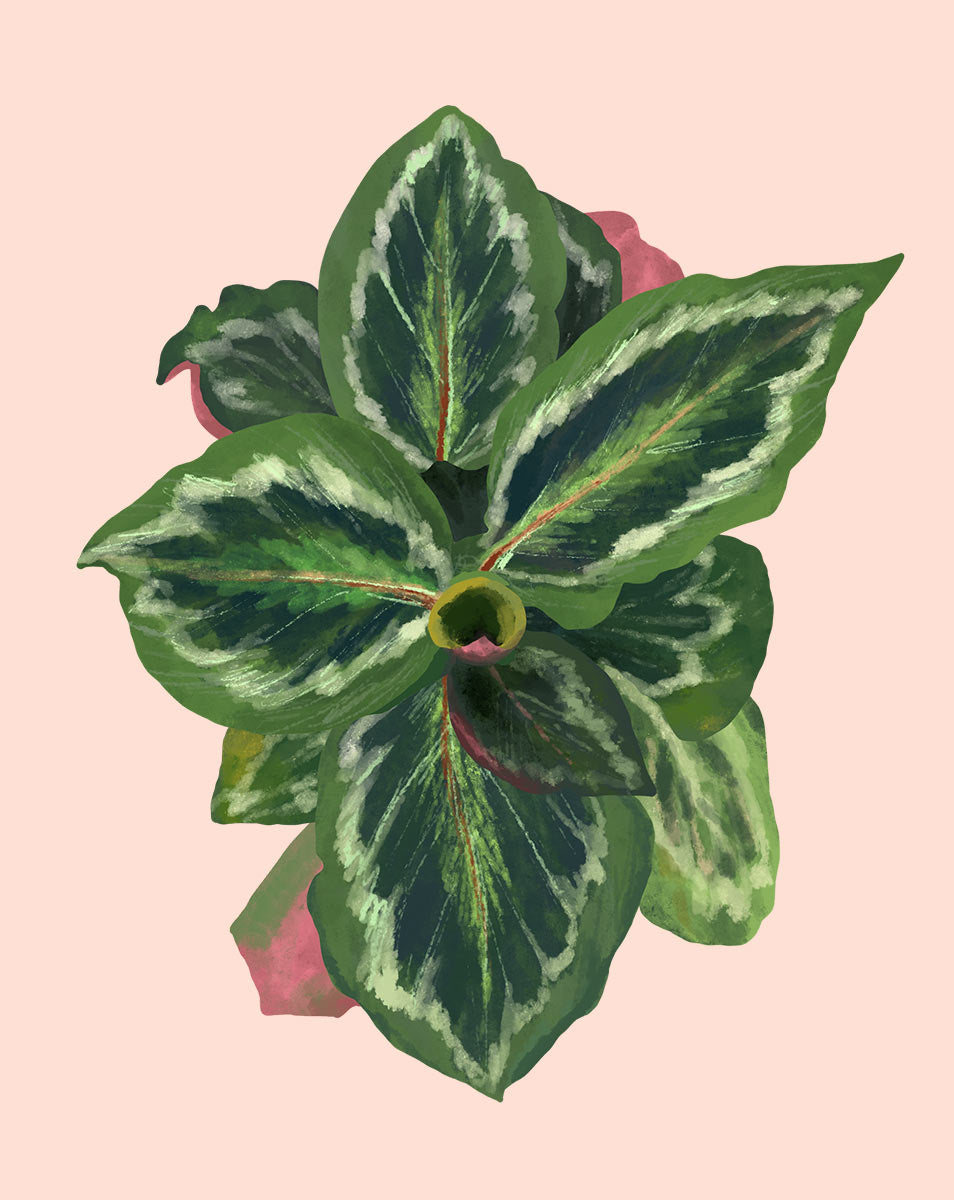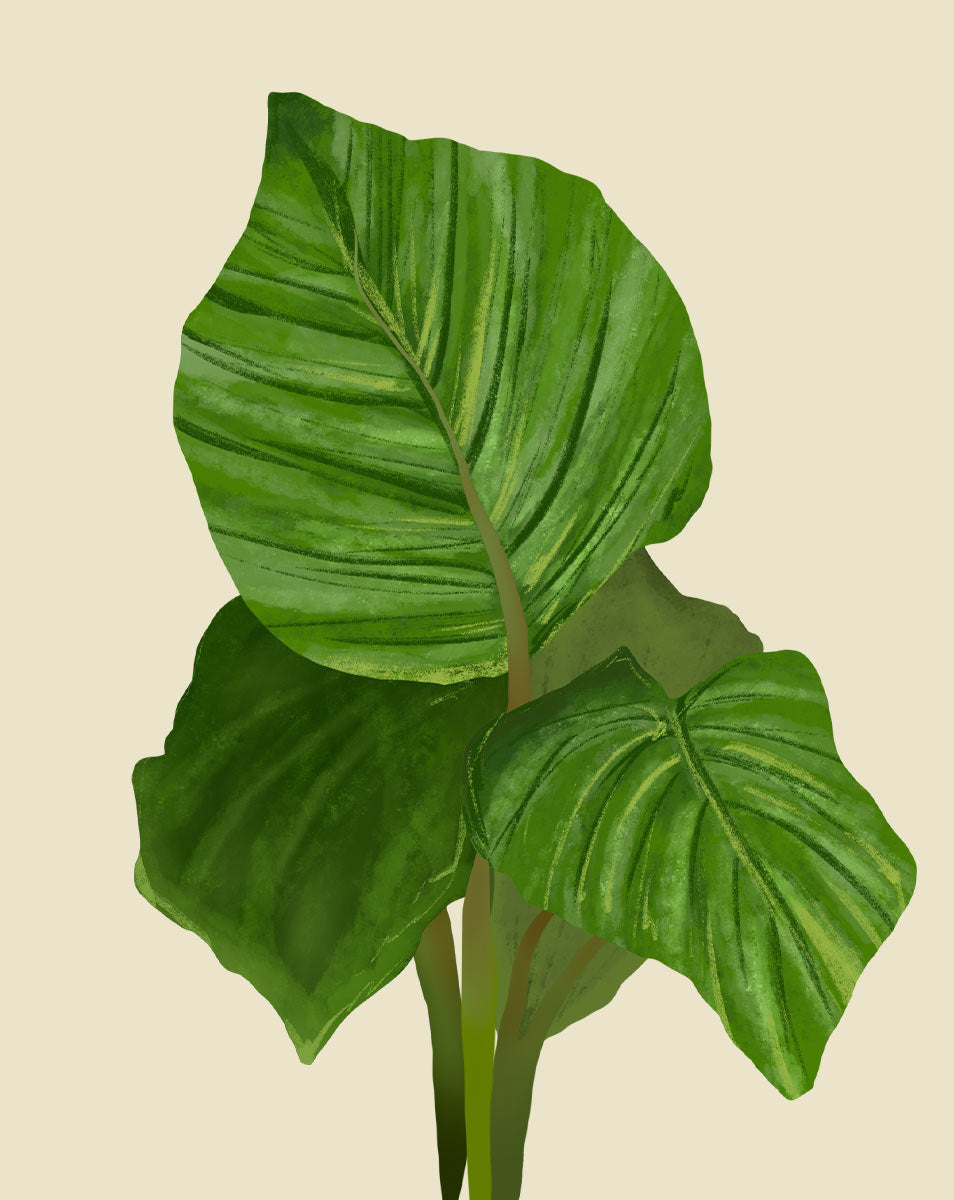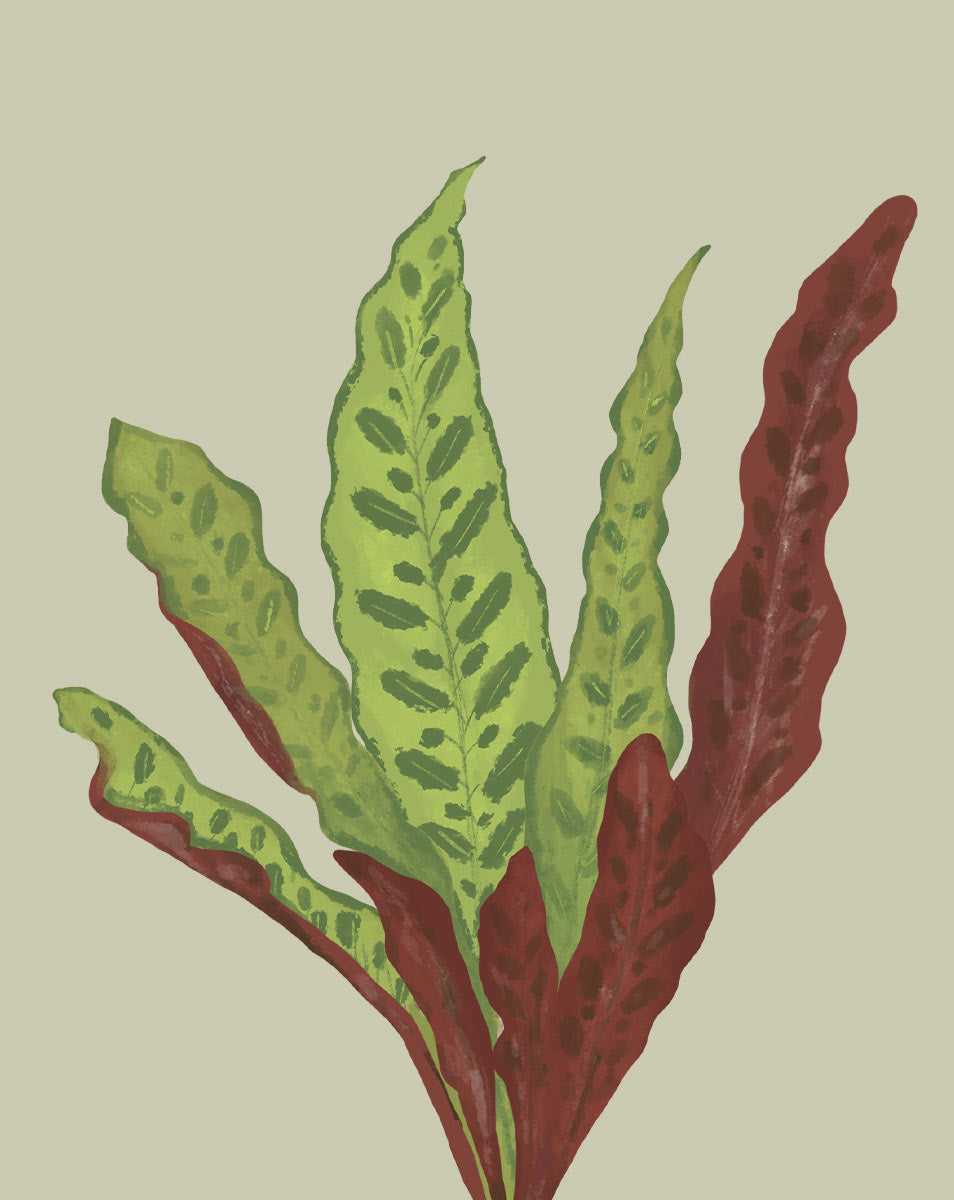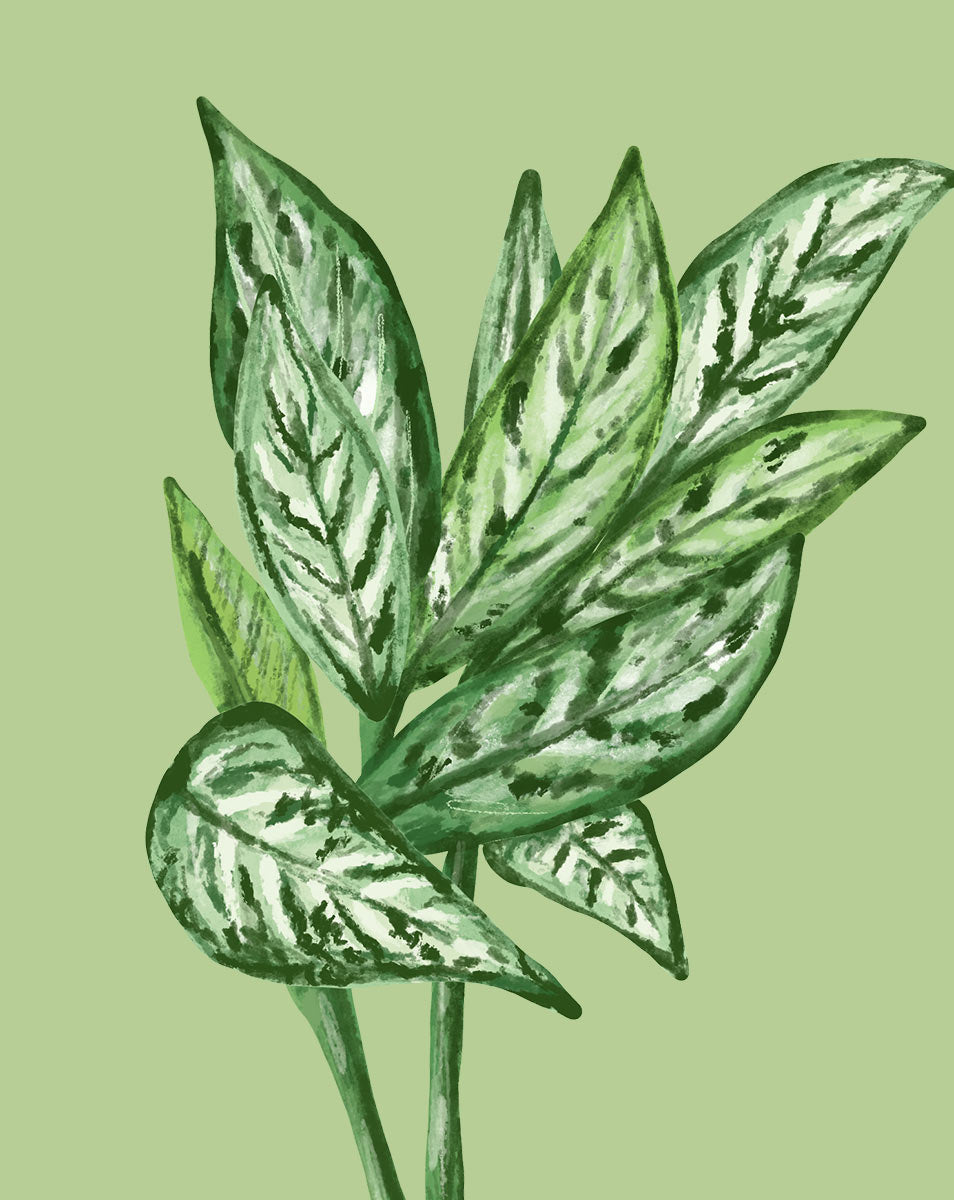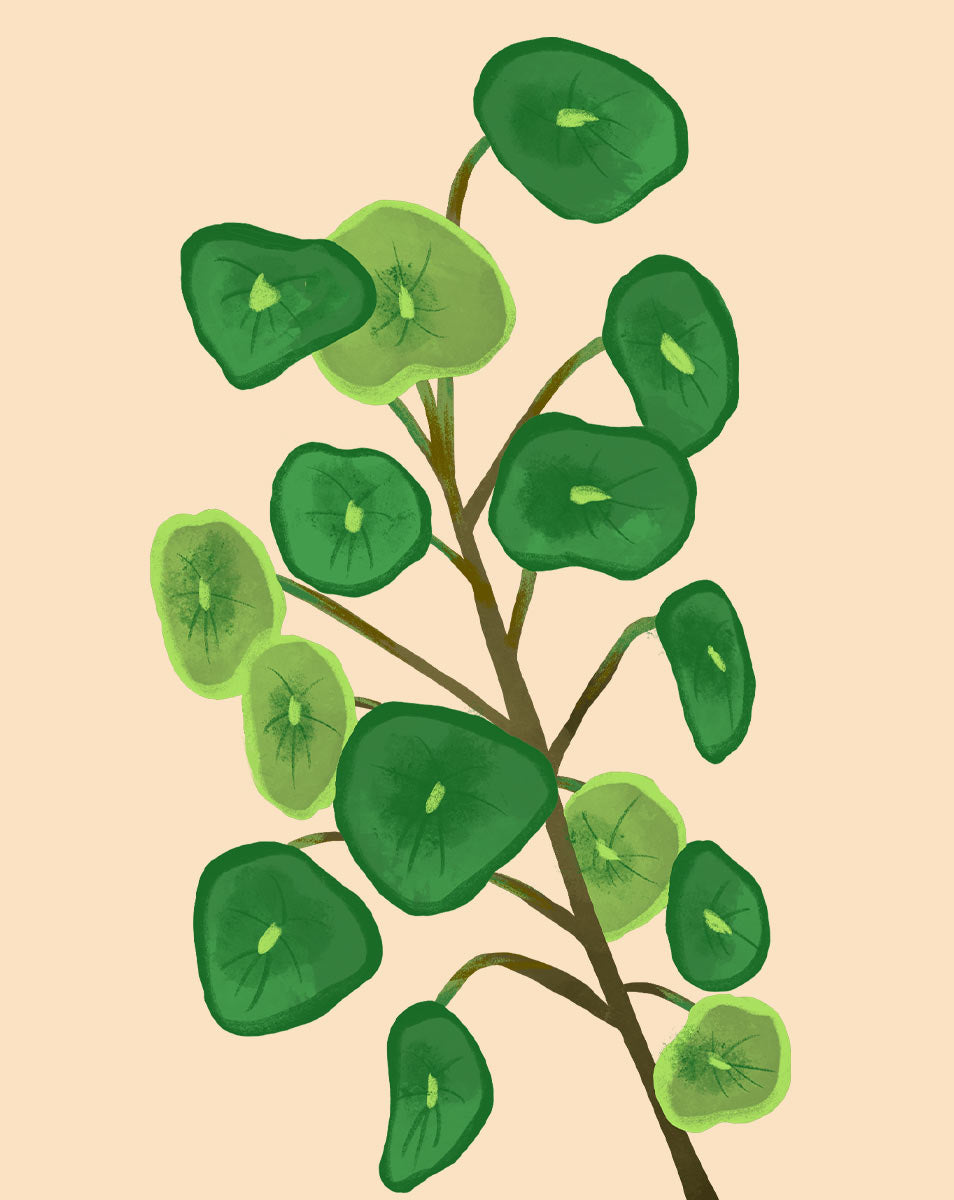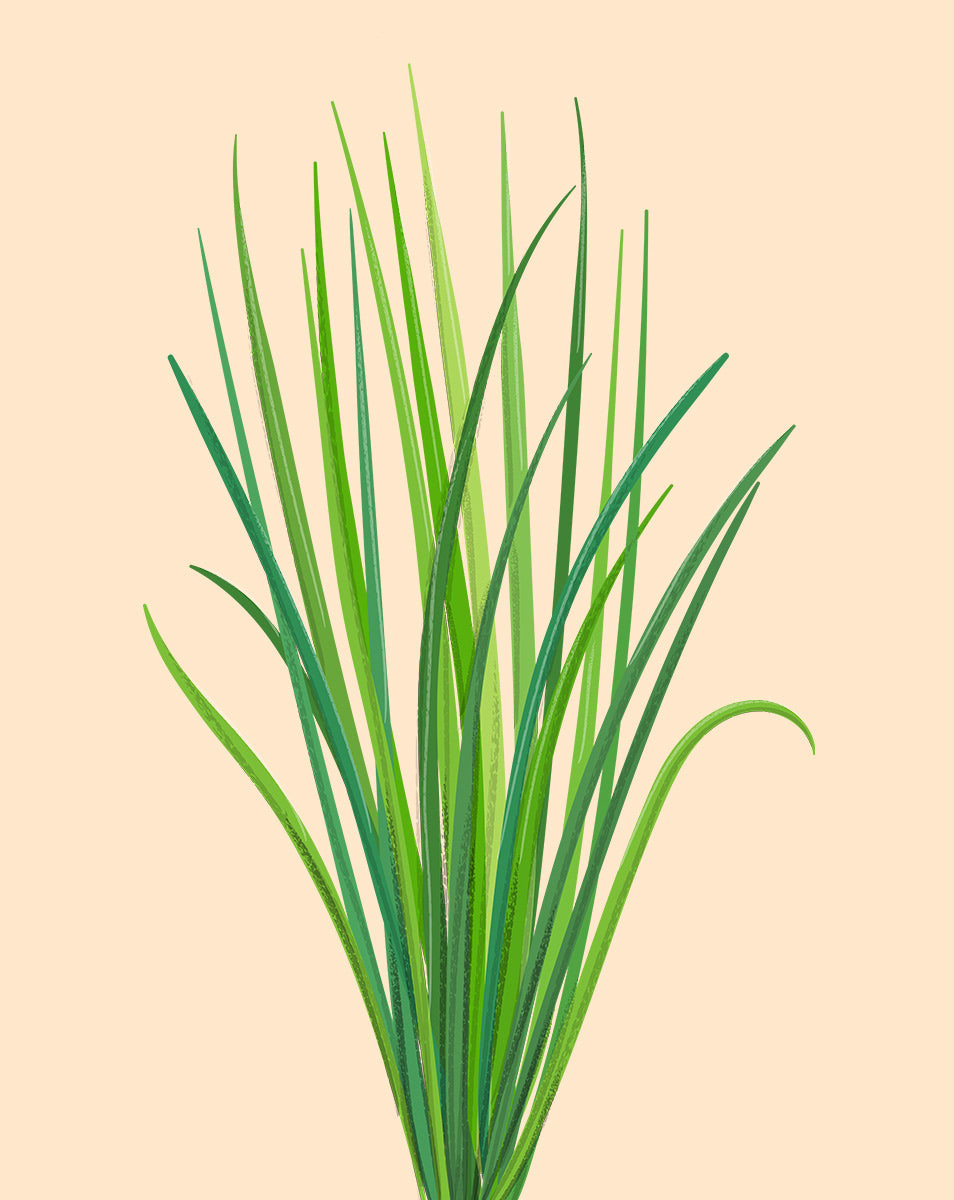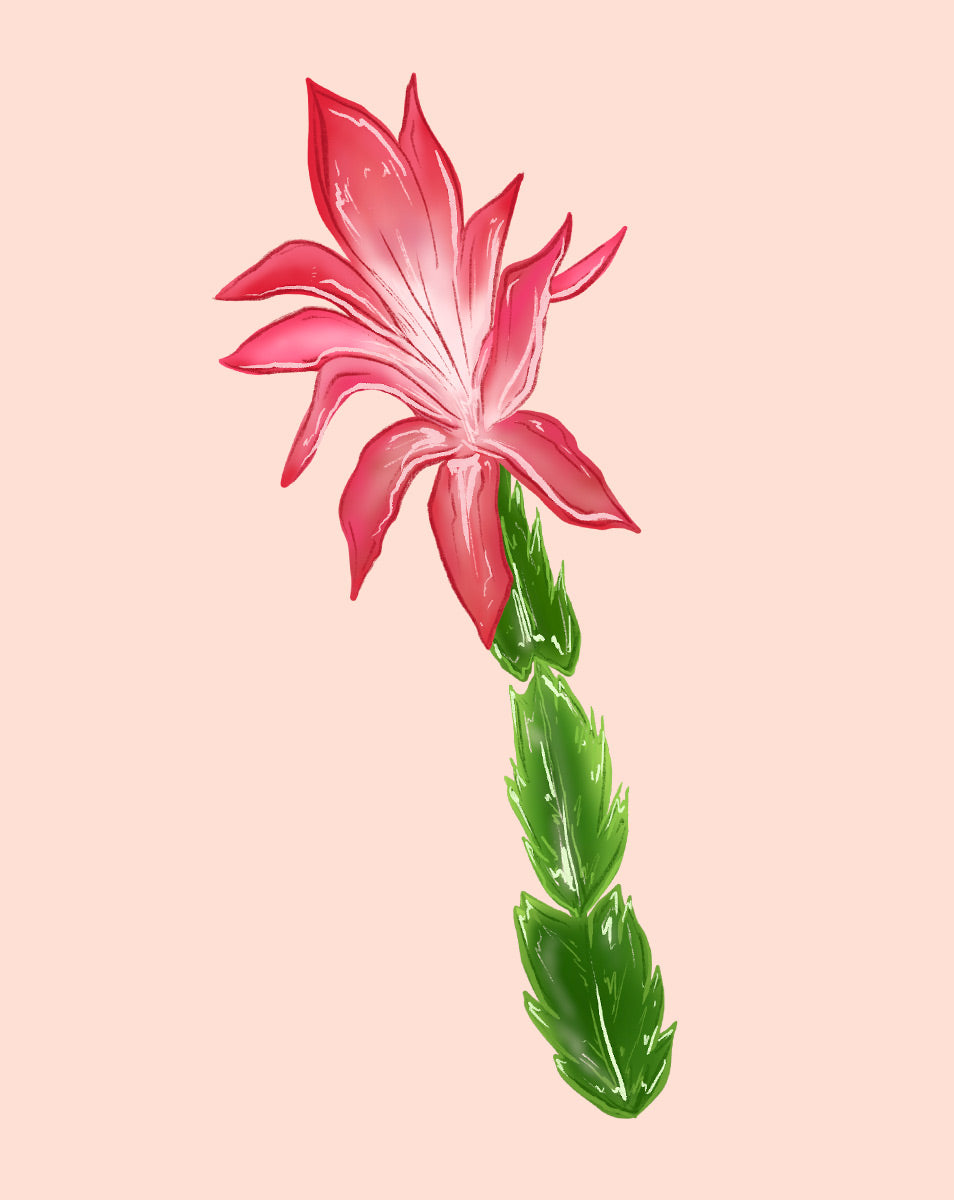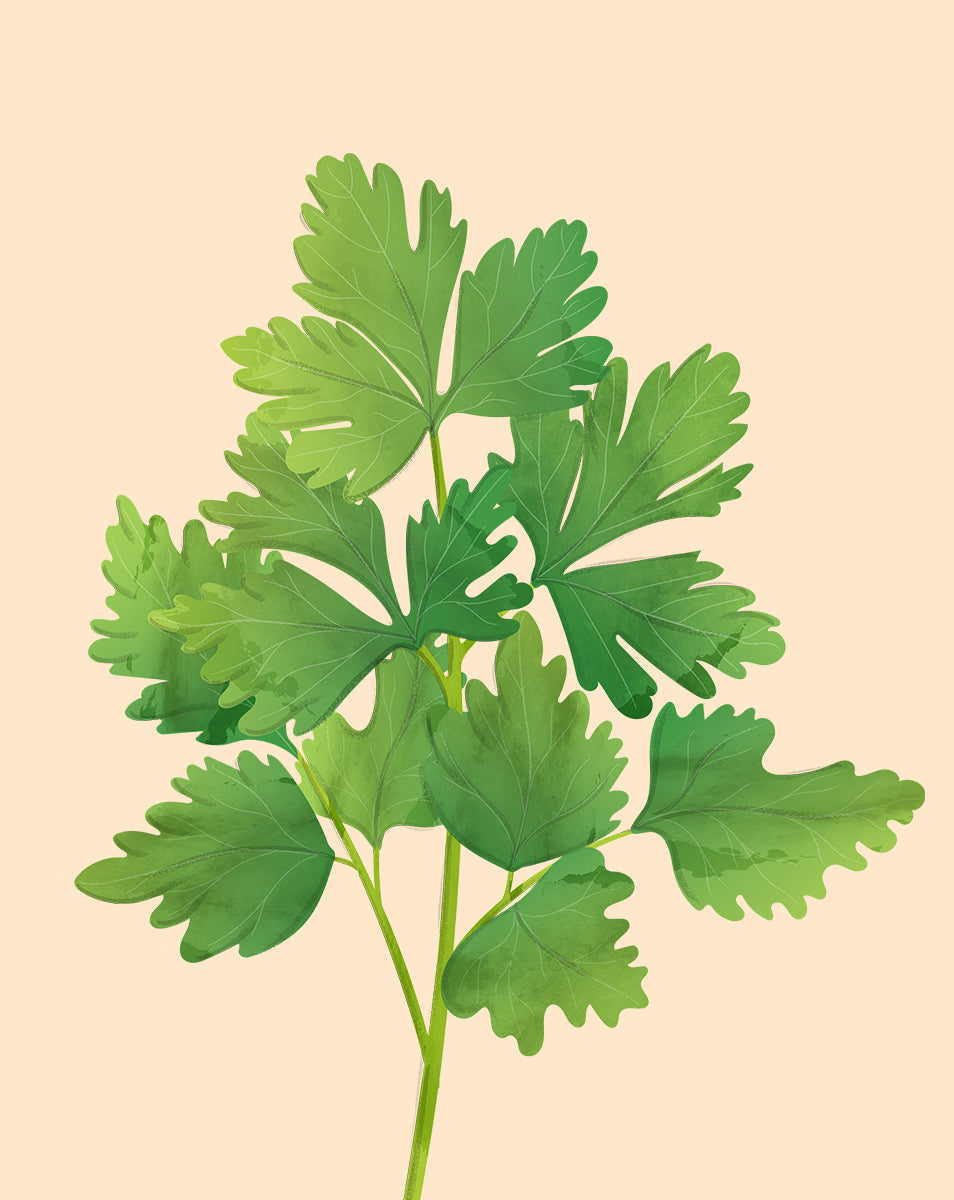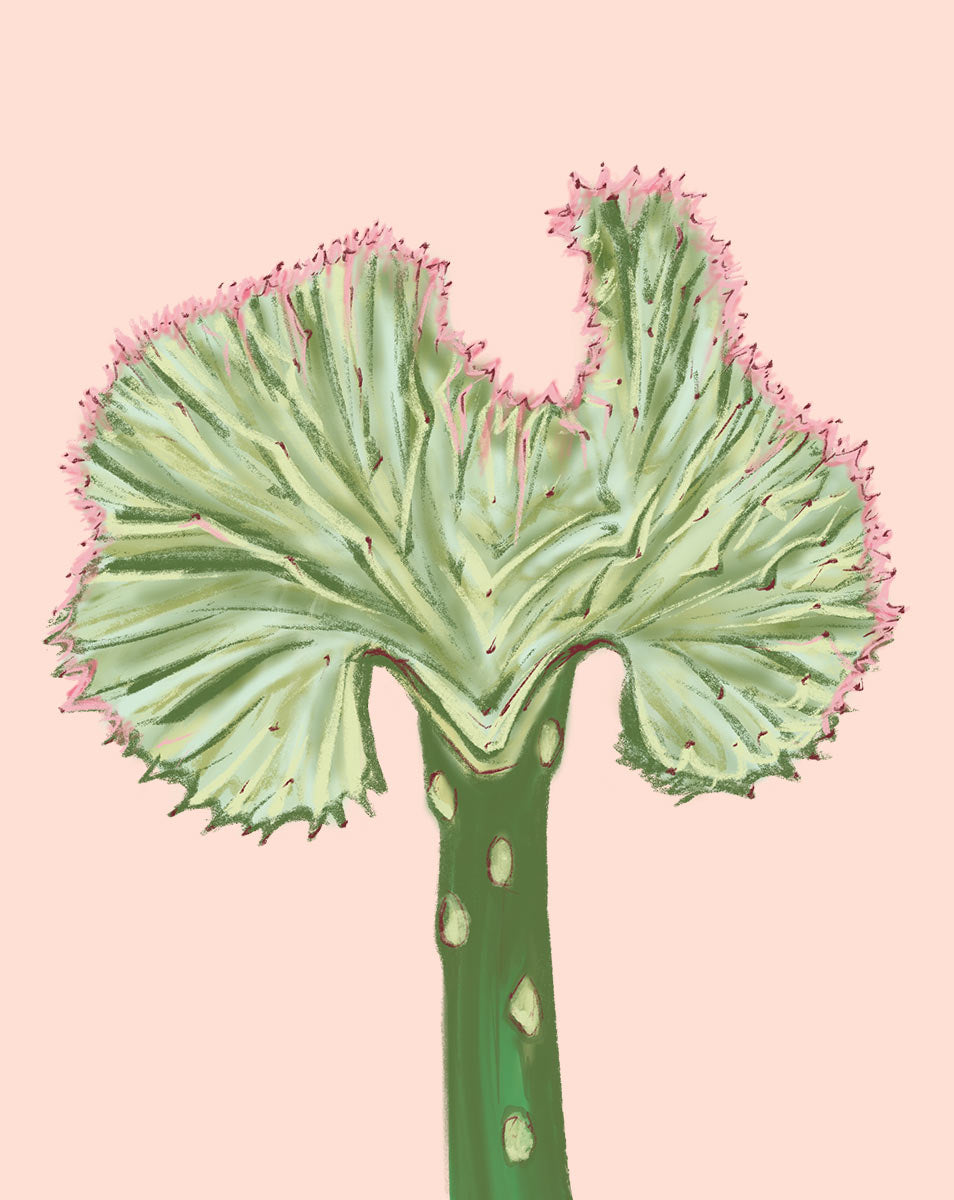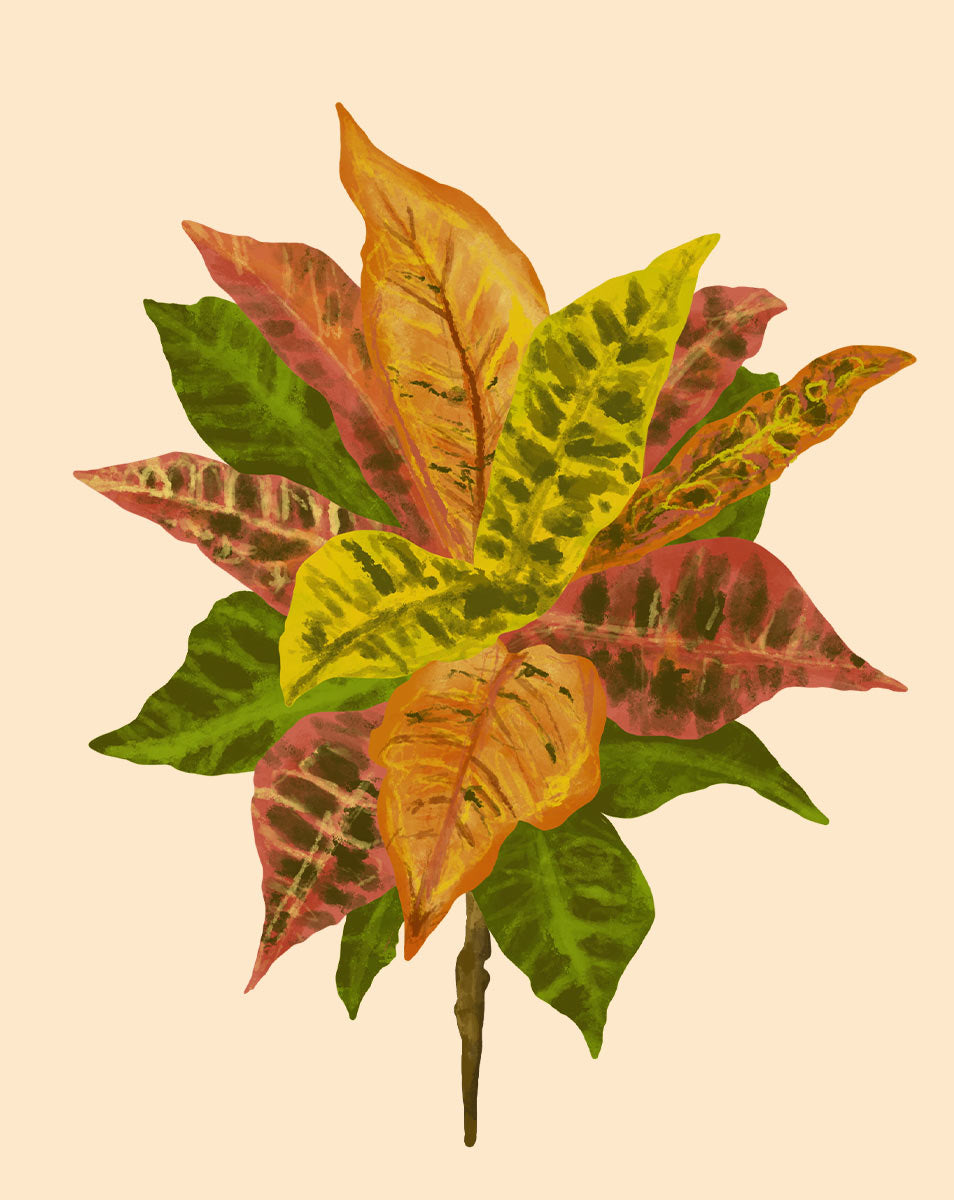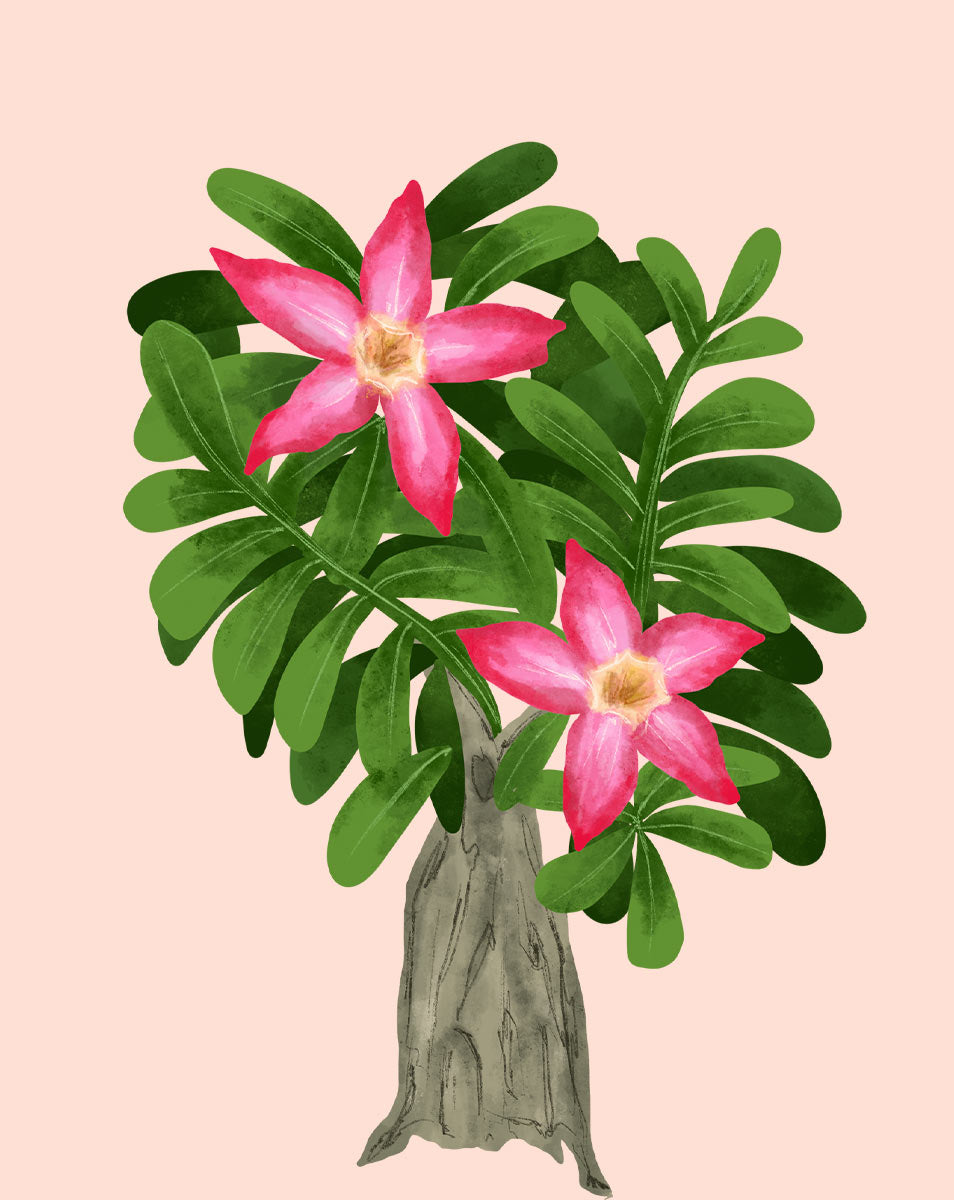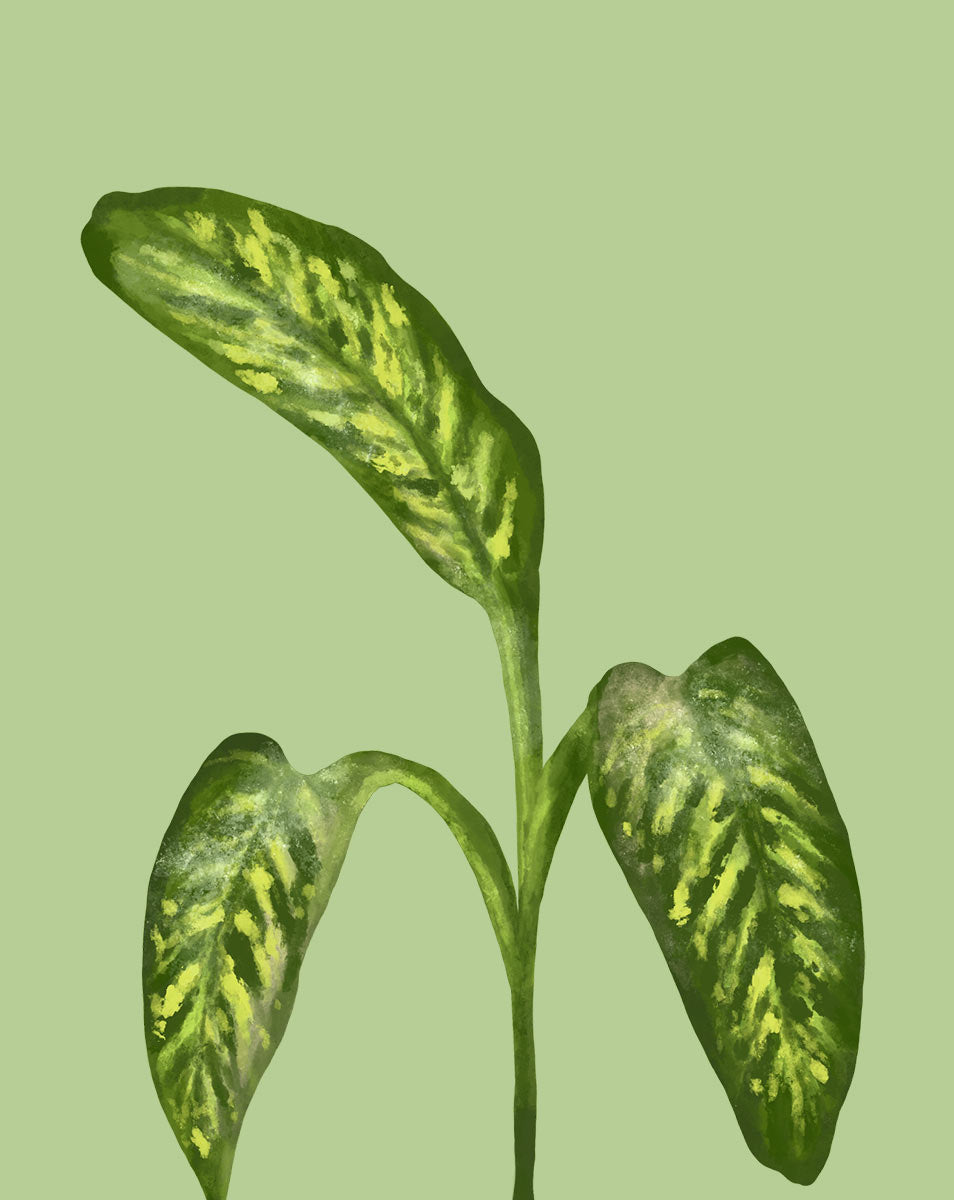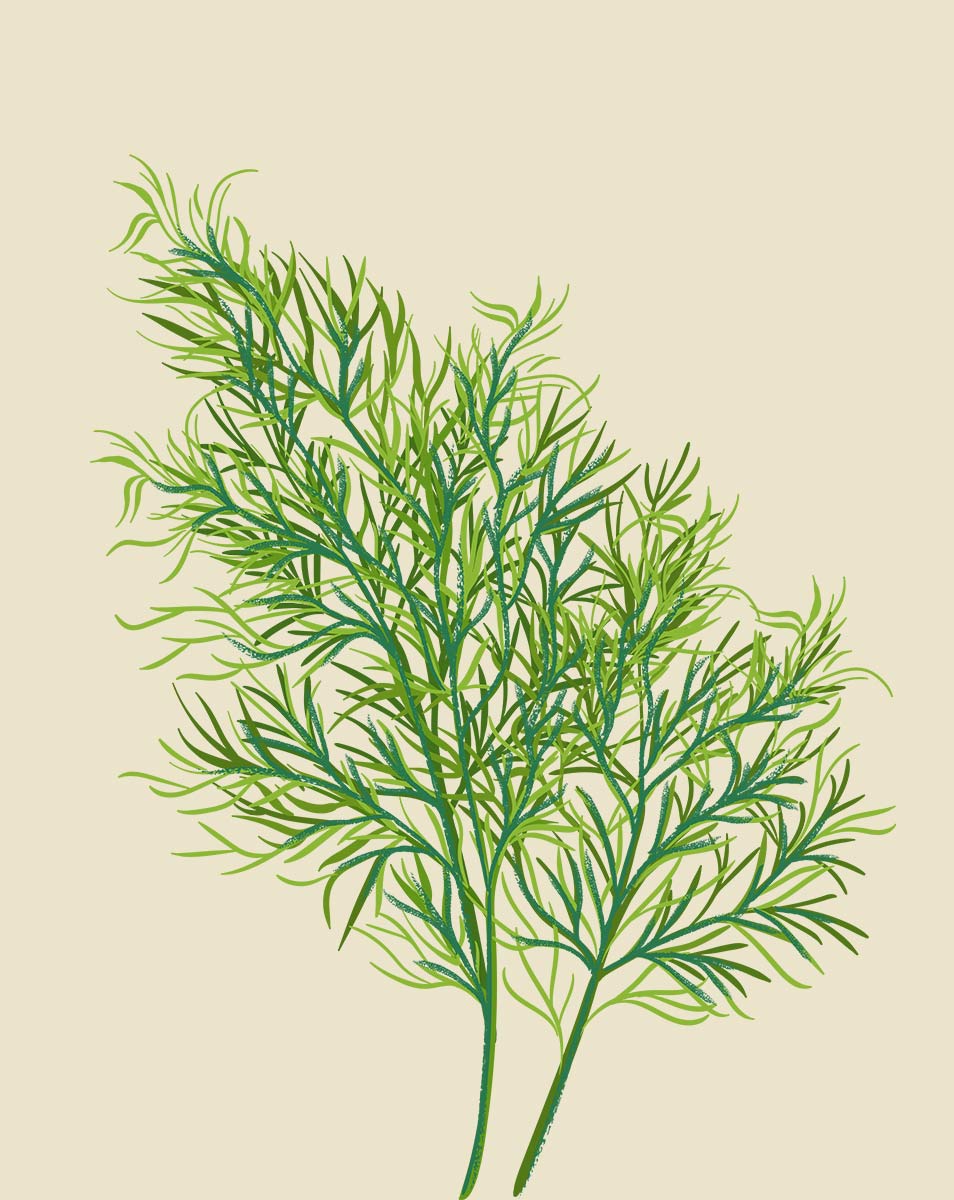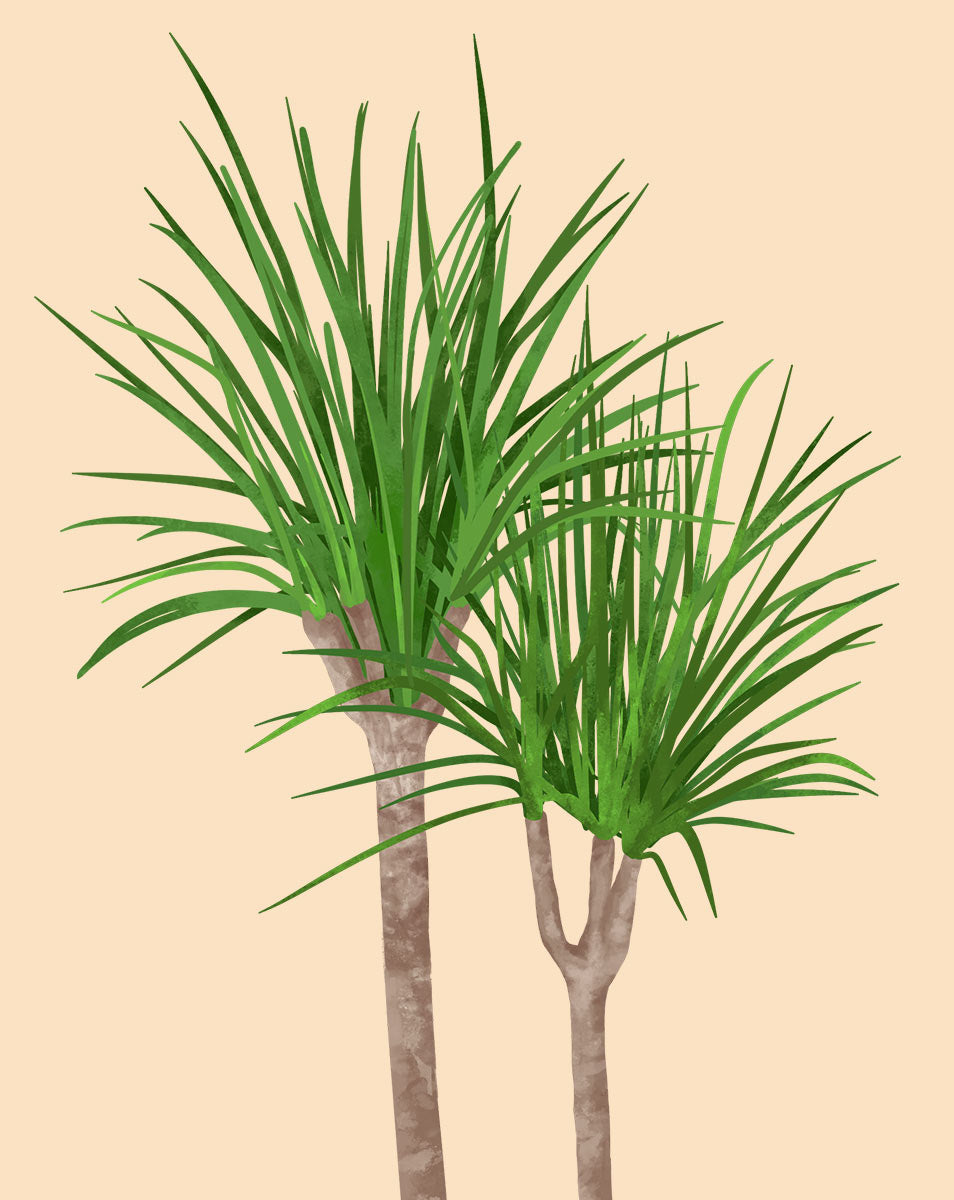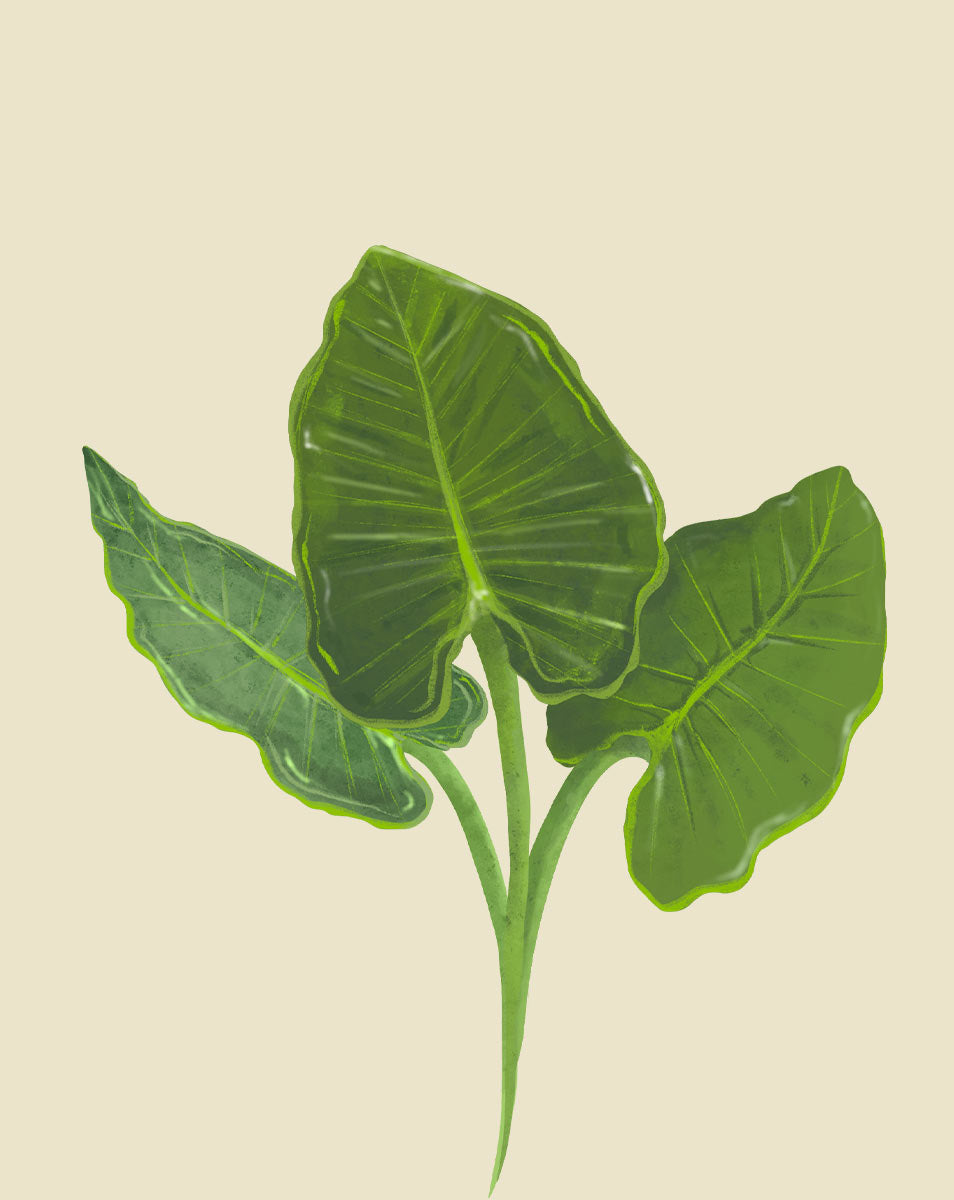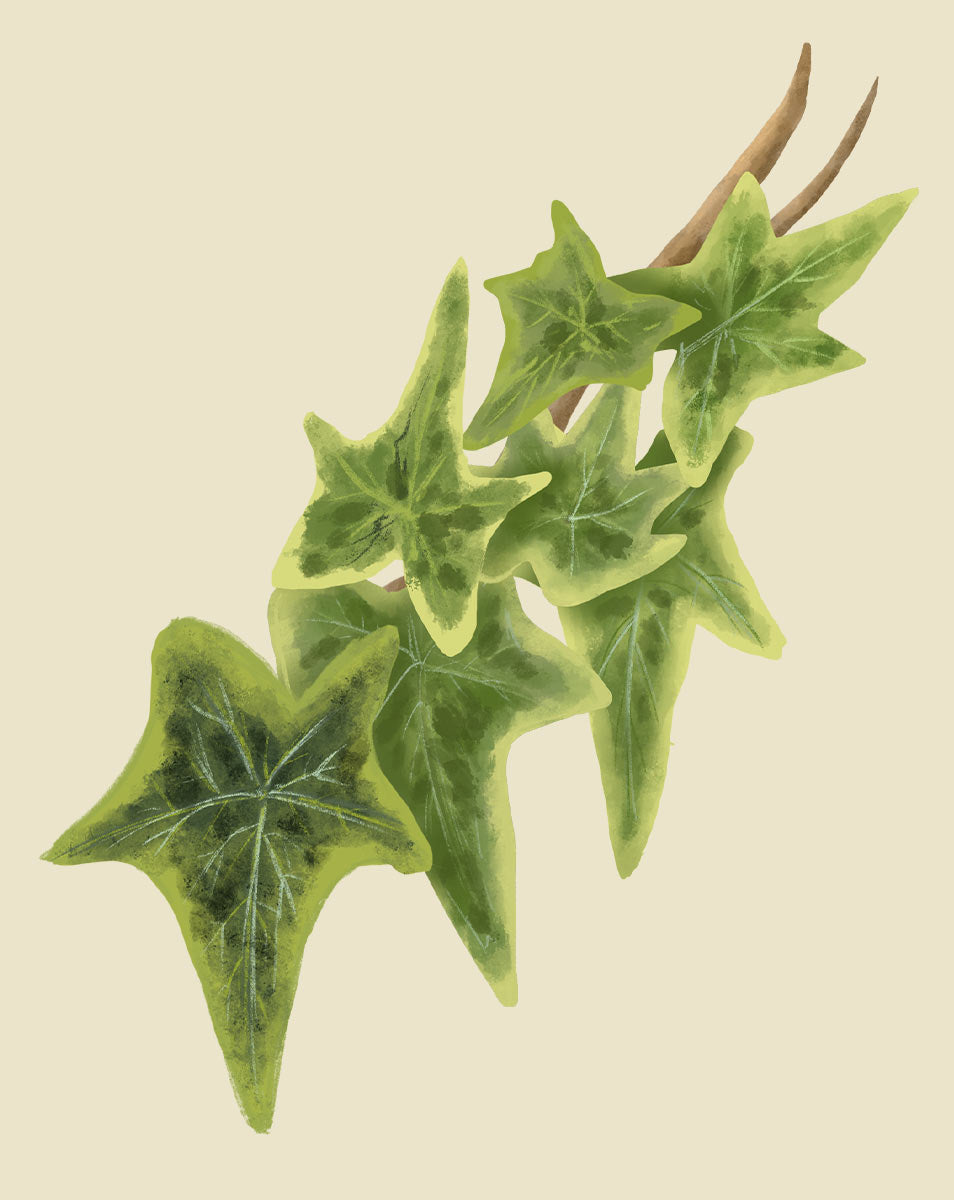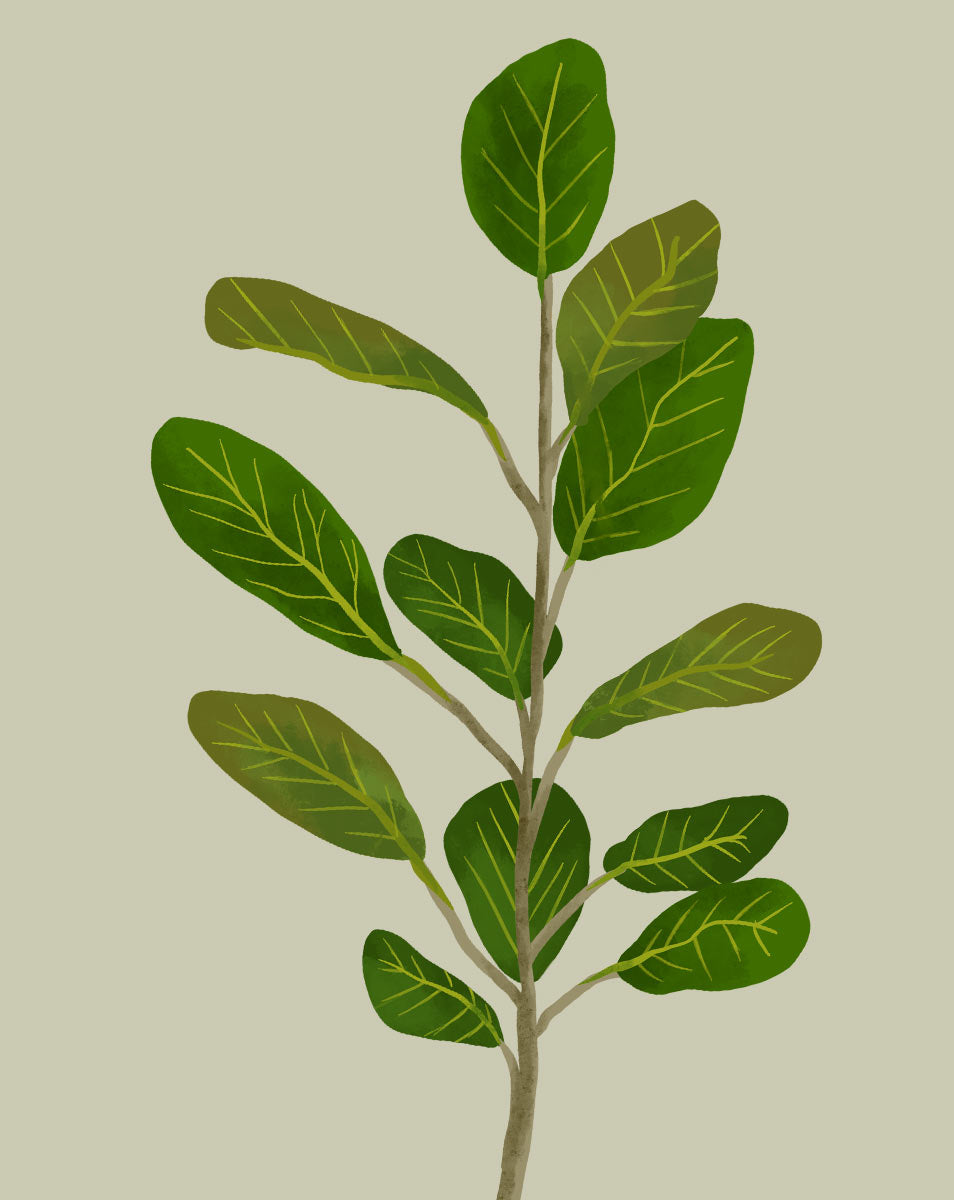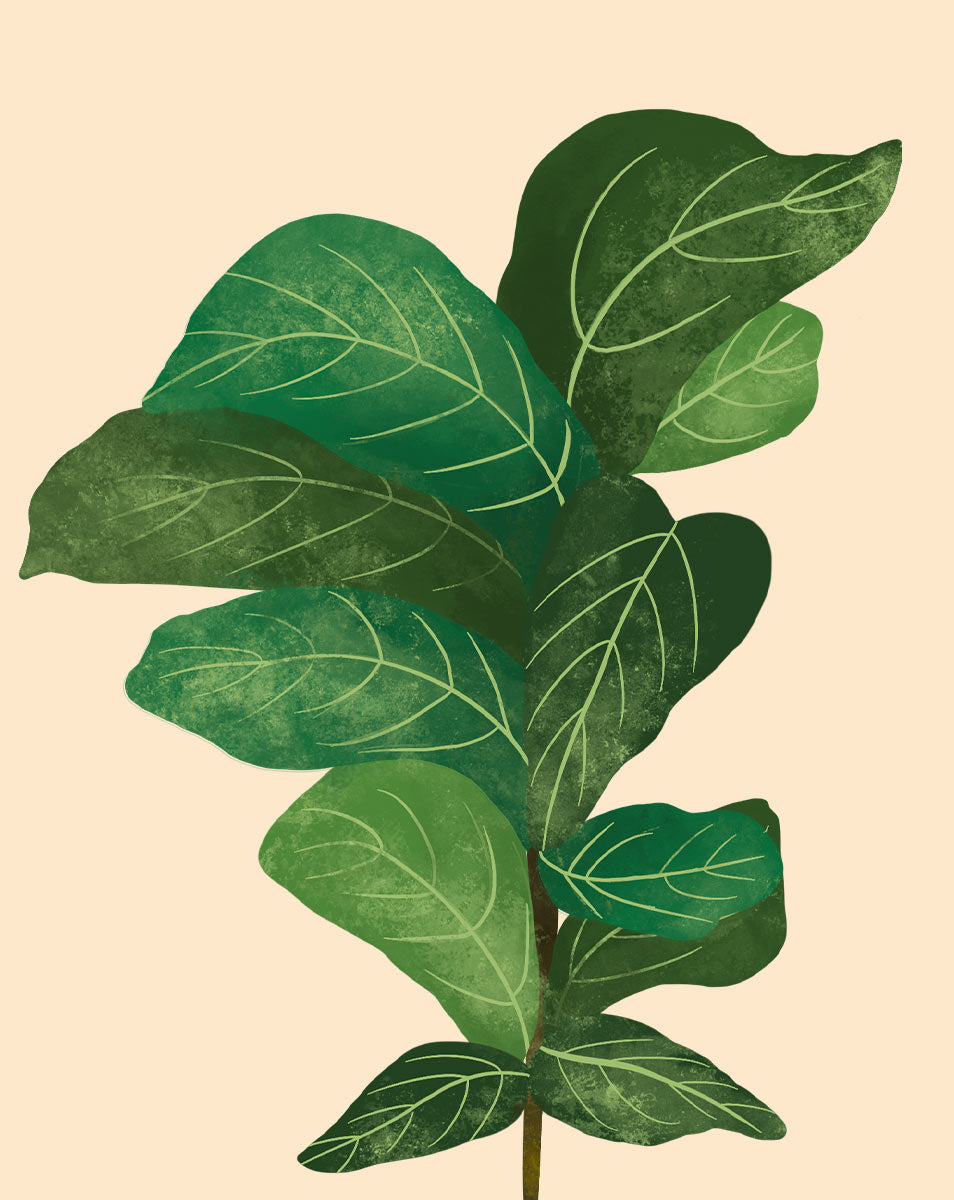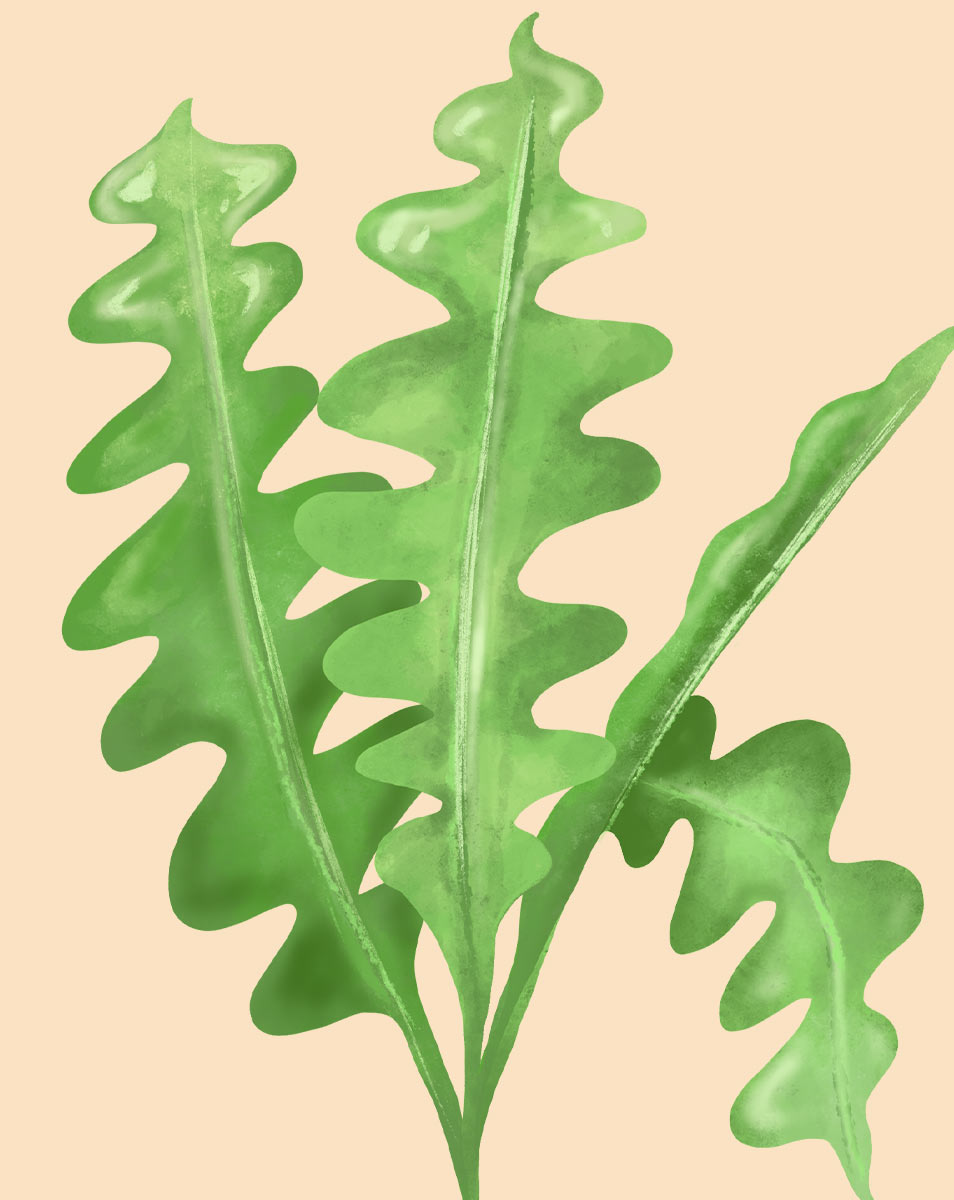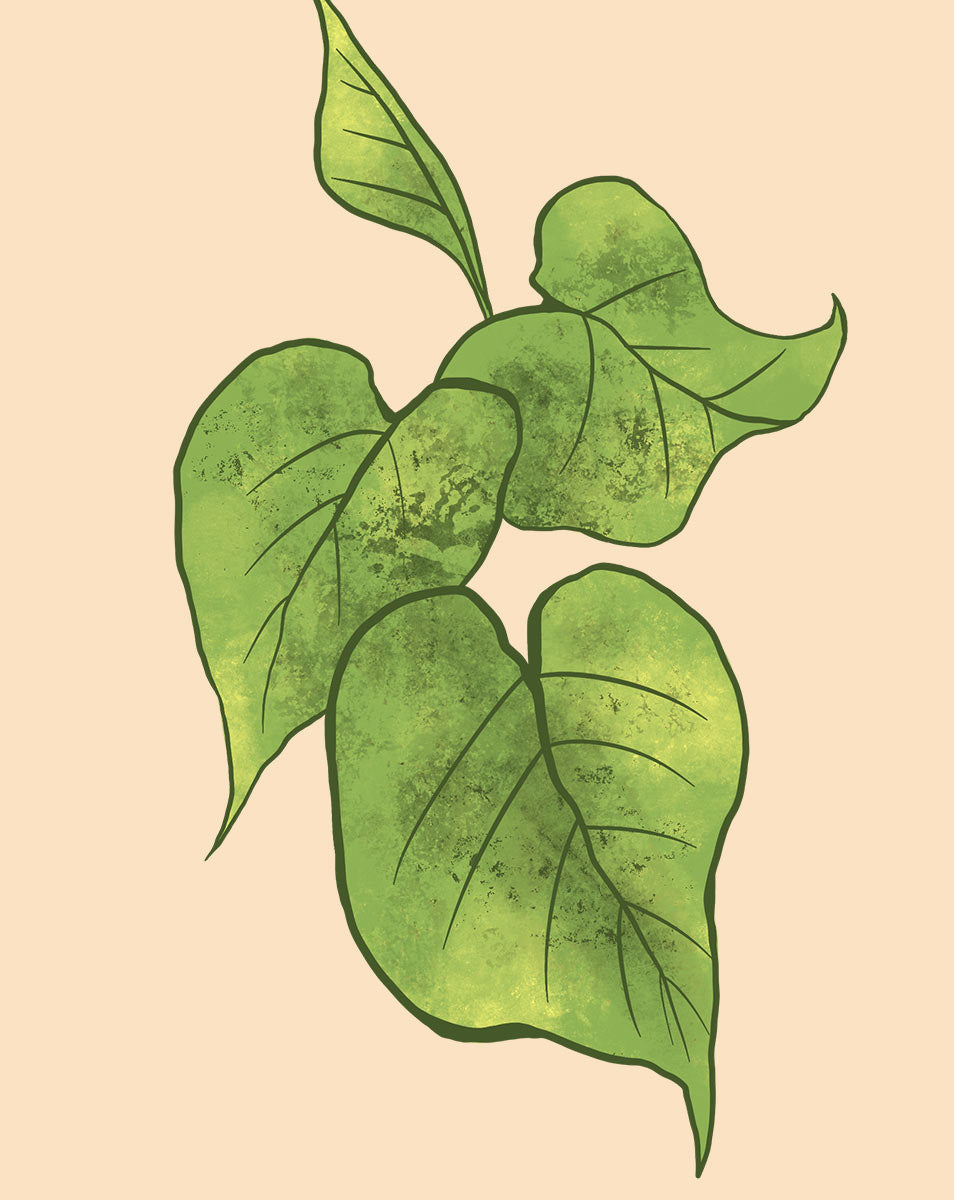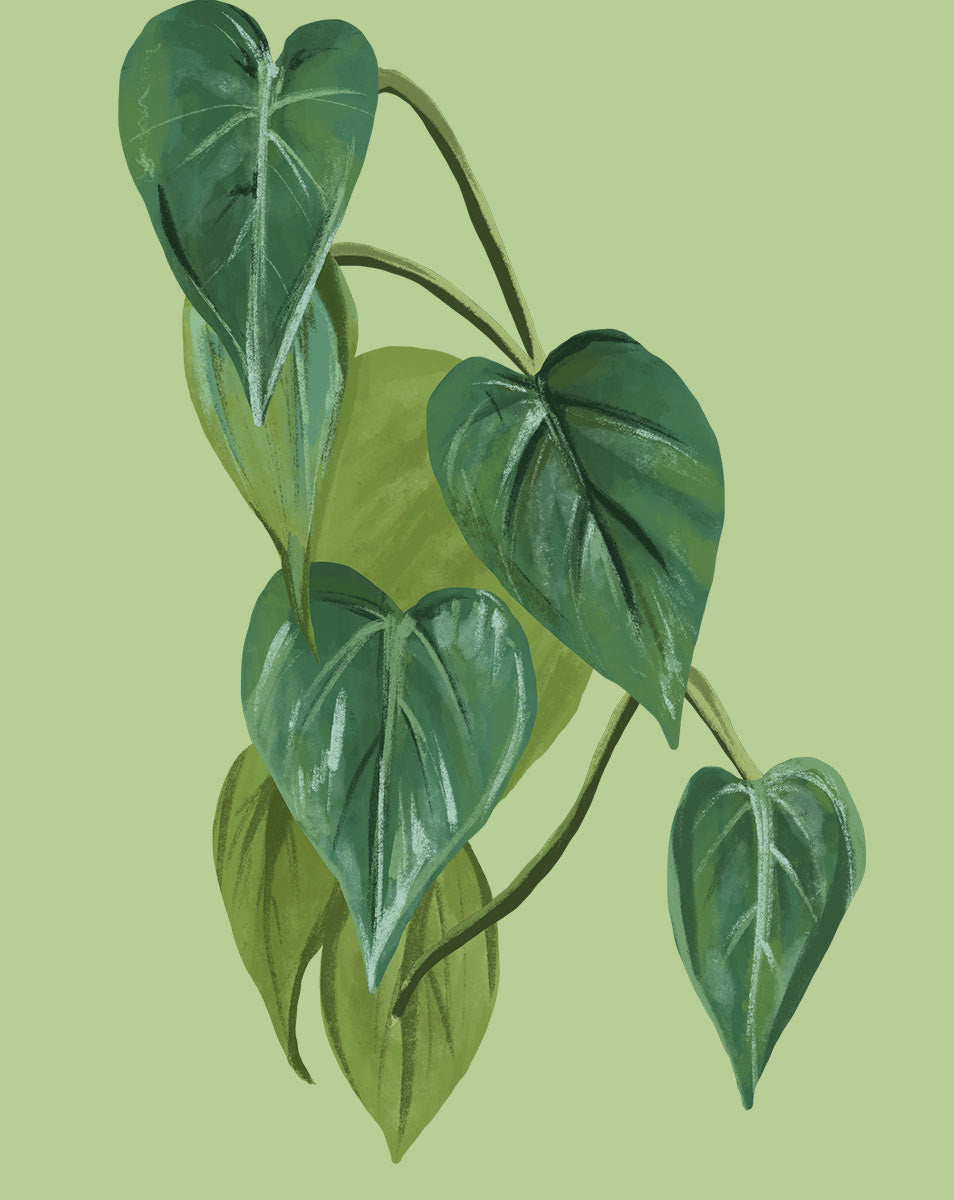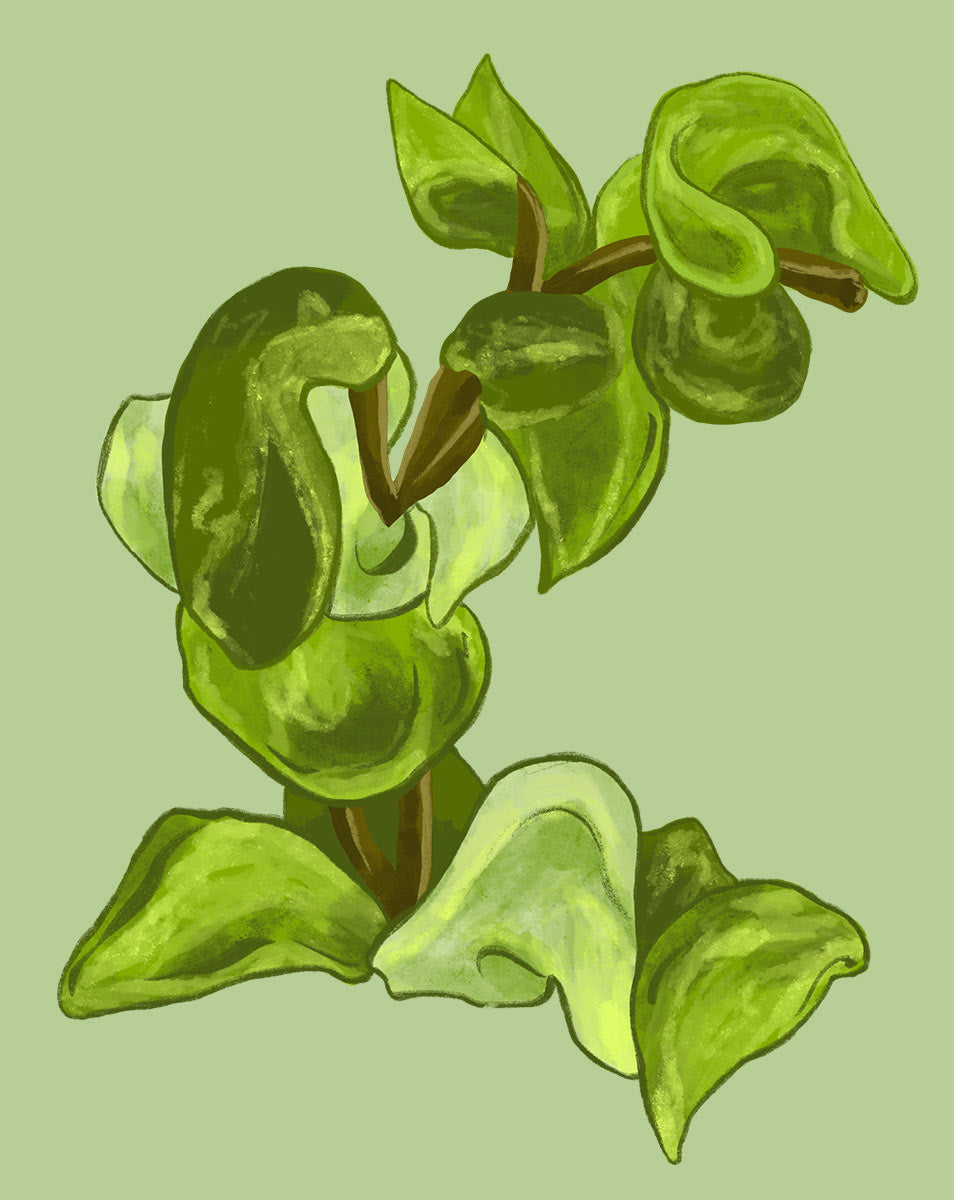The lighting conditions of your plant will indicate which window is suitable. The direction the window faces is the biggest factor of the light it provides.
North Facing Window (Low to Medium, Indirect Light): North facing windows are a good option for low light plants such as the cast iron plant.
East Facing Window (Medium to Bright, Indirect Light): East facing windows are perfect for houseplants needing medium to bright, indirect light such as dieffenbachia, croton, and spider plant.
South Facing Window (Bright, Direct Light): South facing windows are best suited for plants needing direct sunlight, such as aloe, African milk trees, and Meyer lemon trees.
West Facing Window (Bright, Indirect Light): West facing windows are best for plants needing bright, indirect light such as monsteras. If your window is unobstructed (you don't have a tree in front of your window), placing a transparent sheer curtain can help filter the strong direct sunlight in the afternoon.
If you don't have a window capable of giving your plant the proper lighting conditions, you may want to try an LED grow light.



